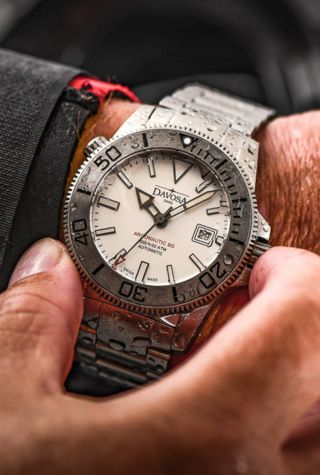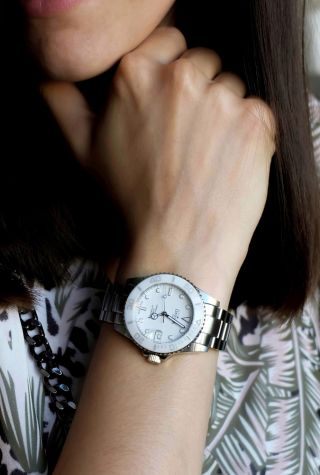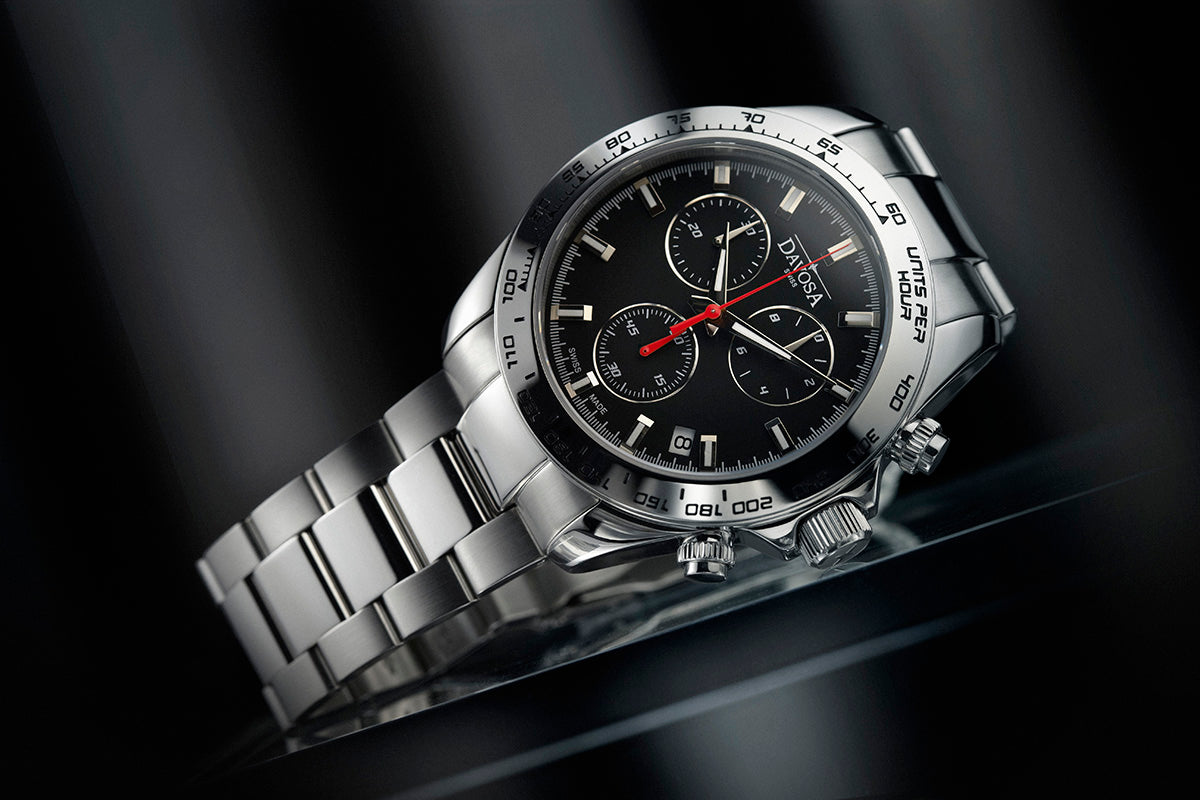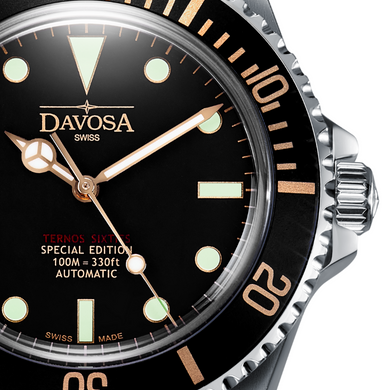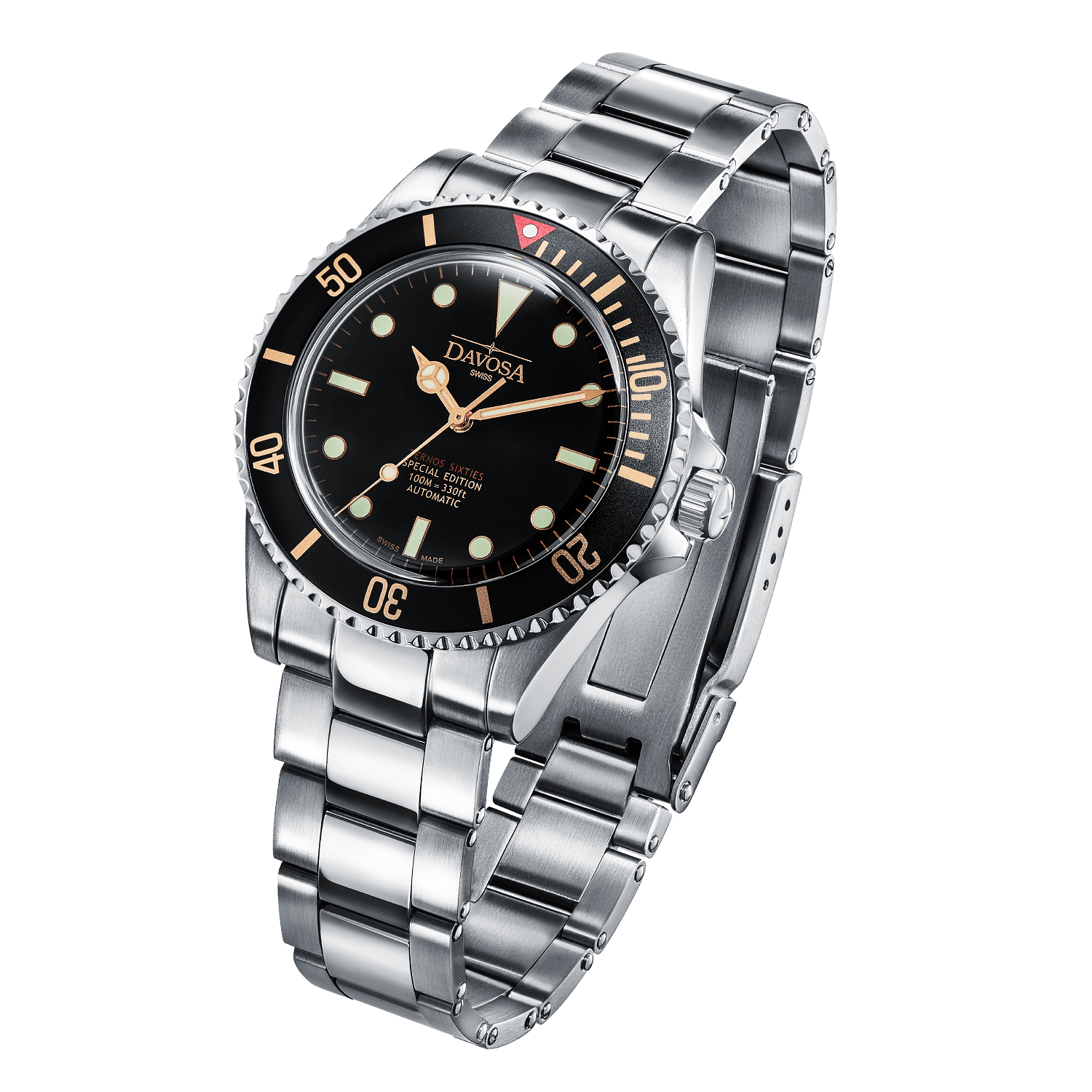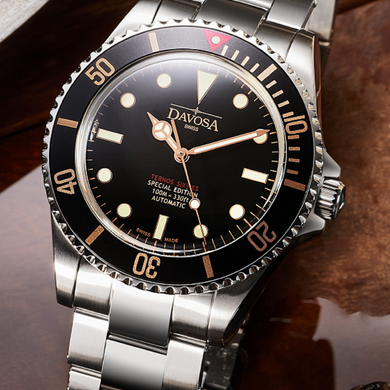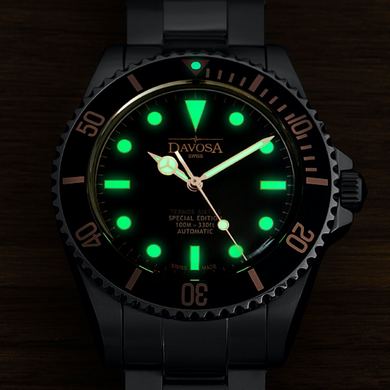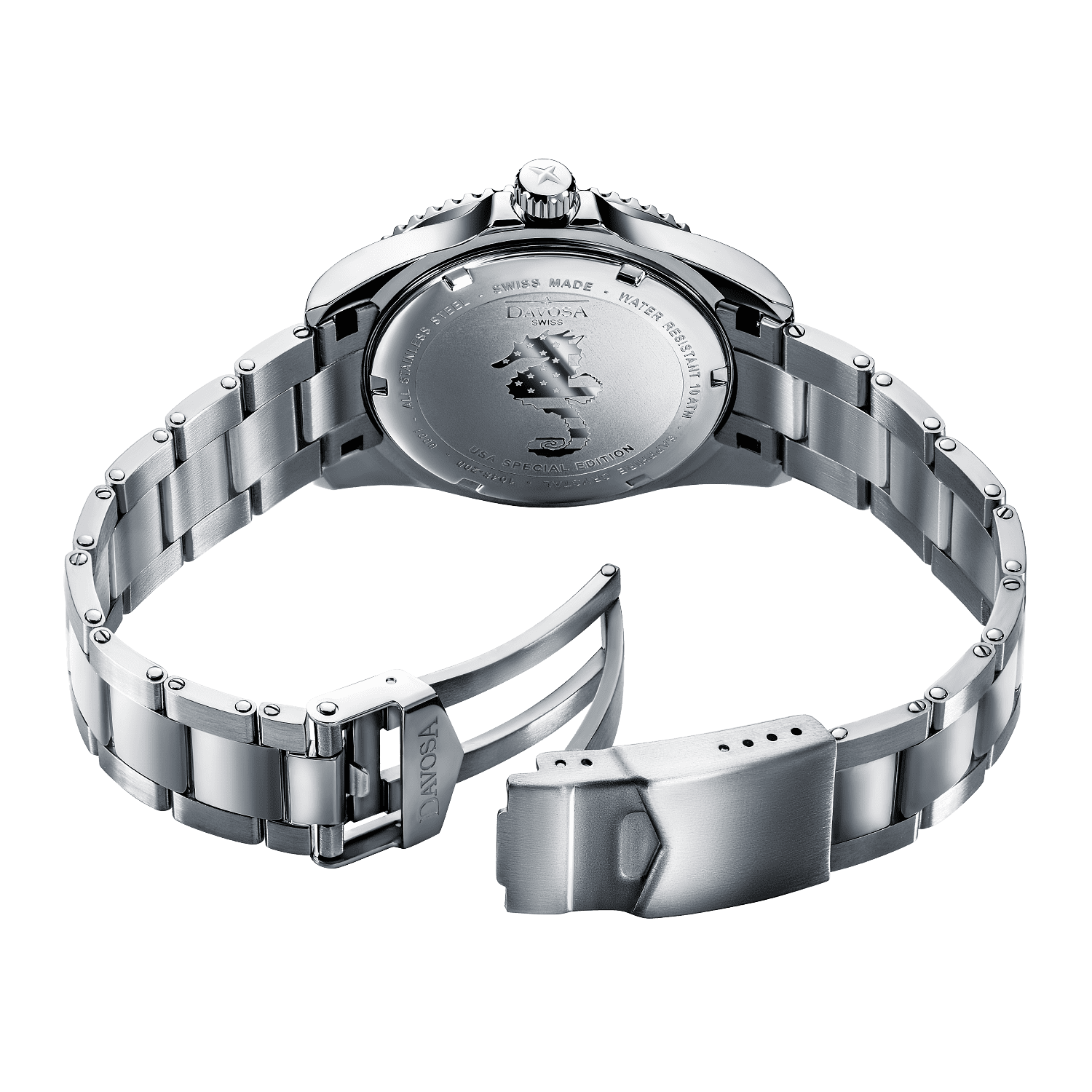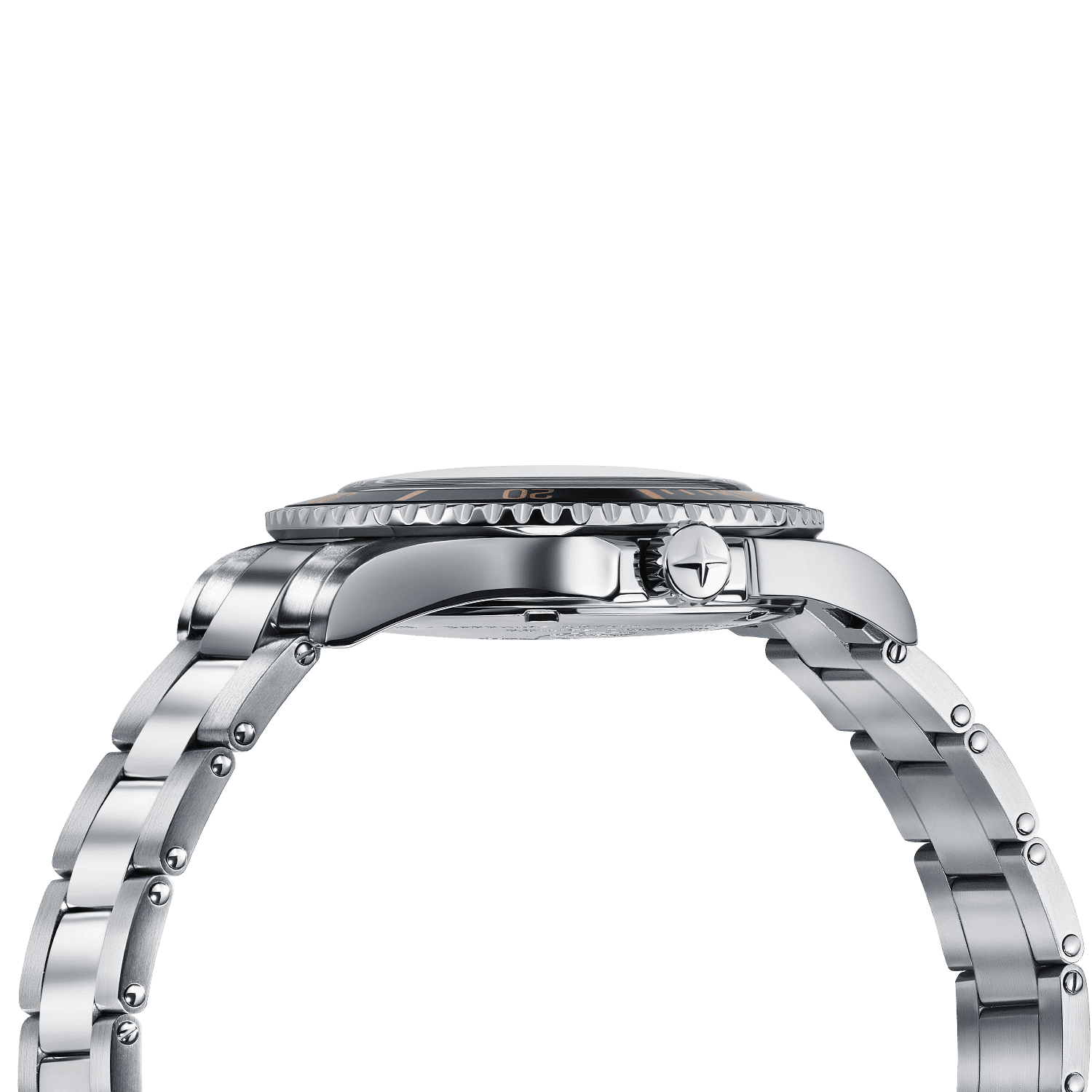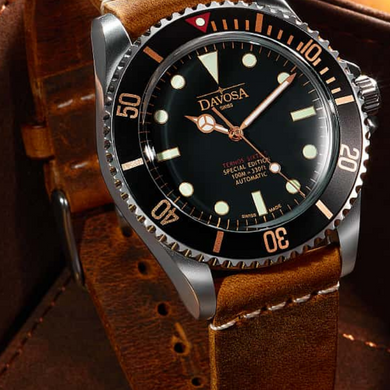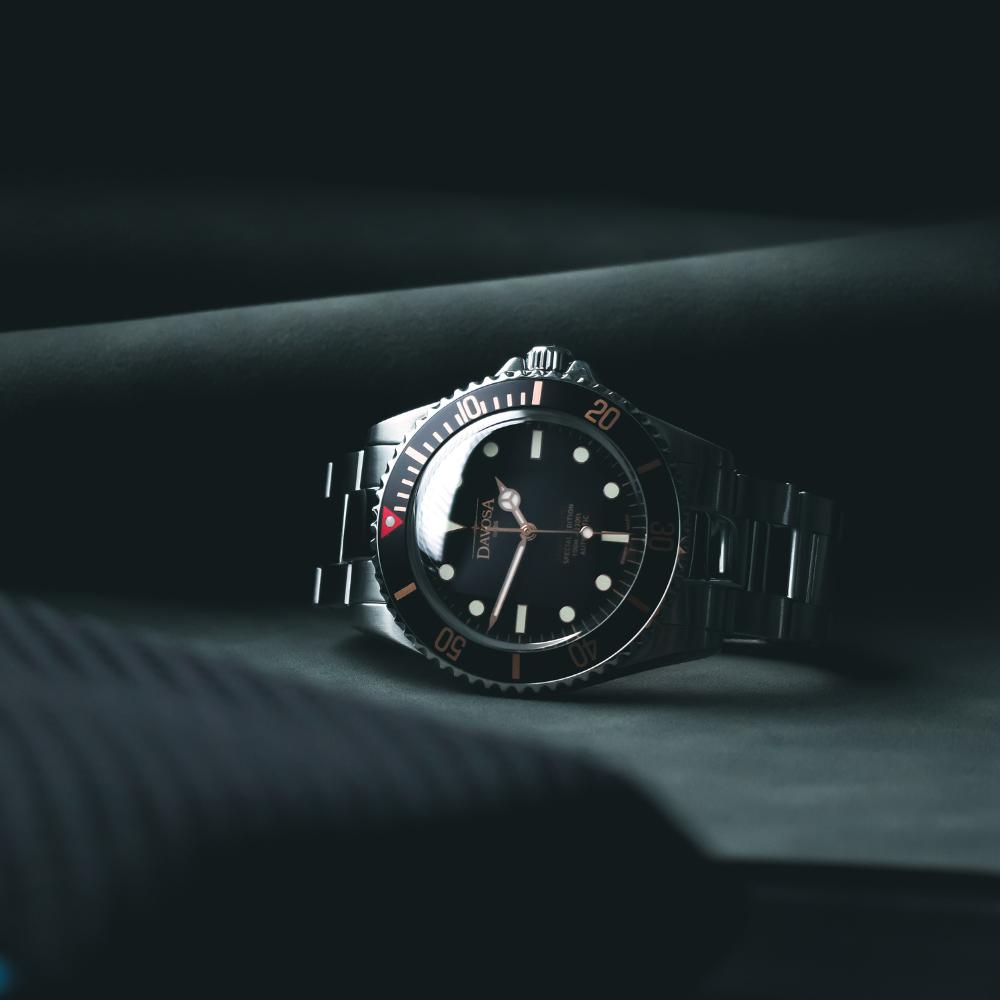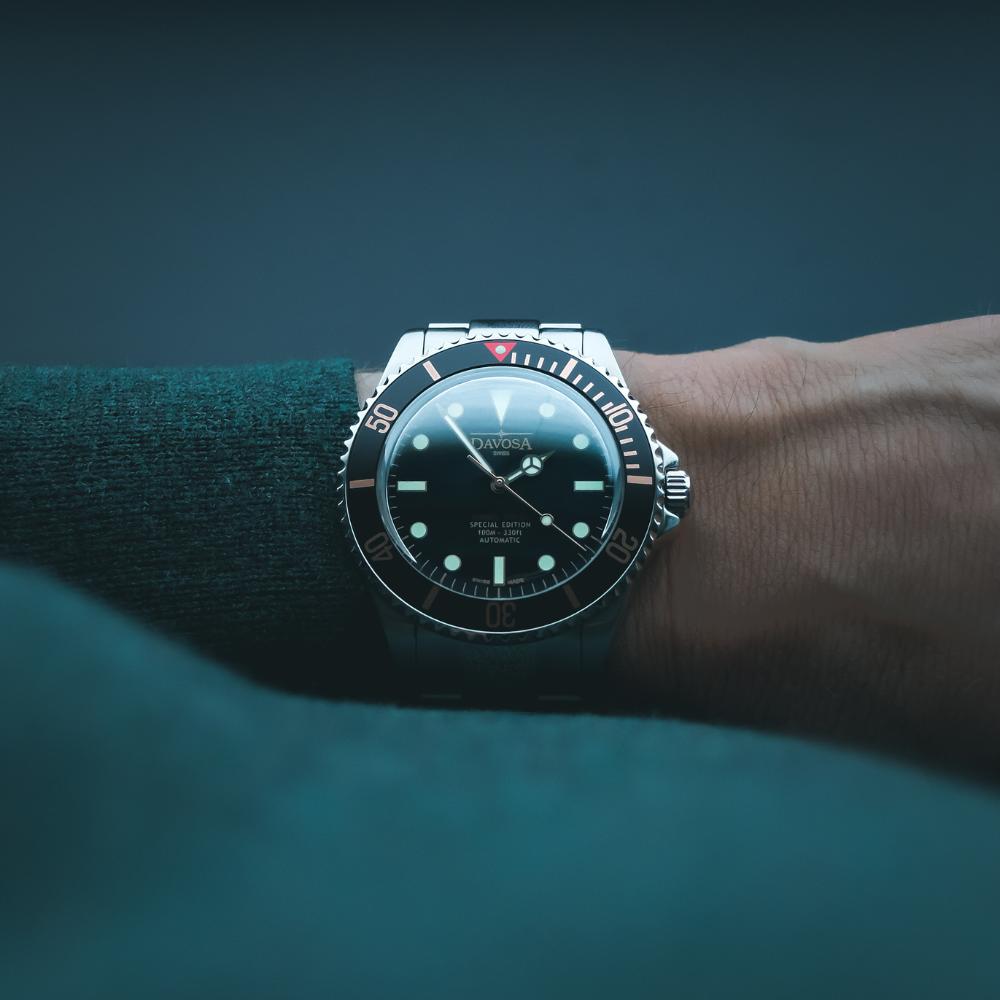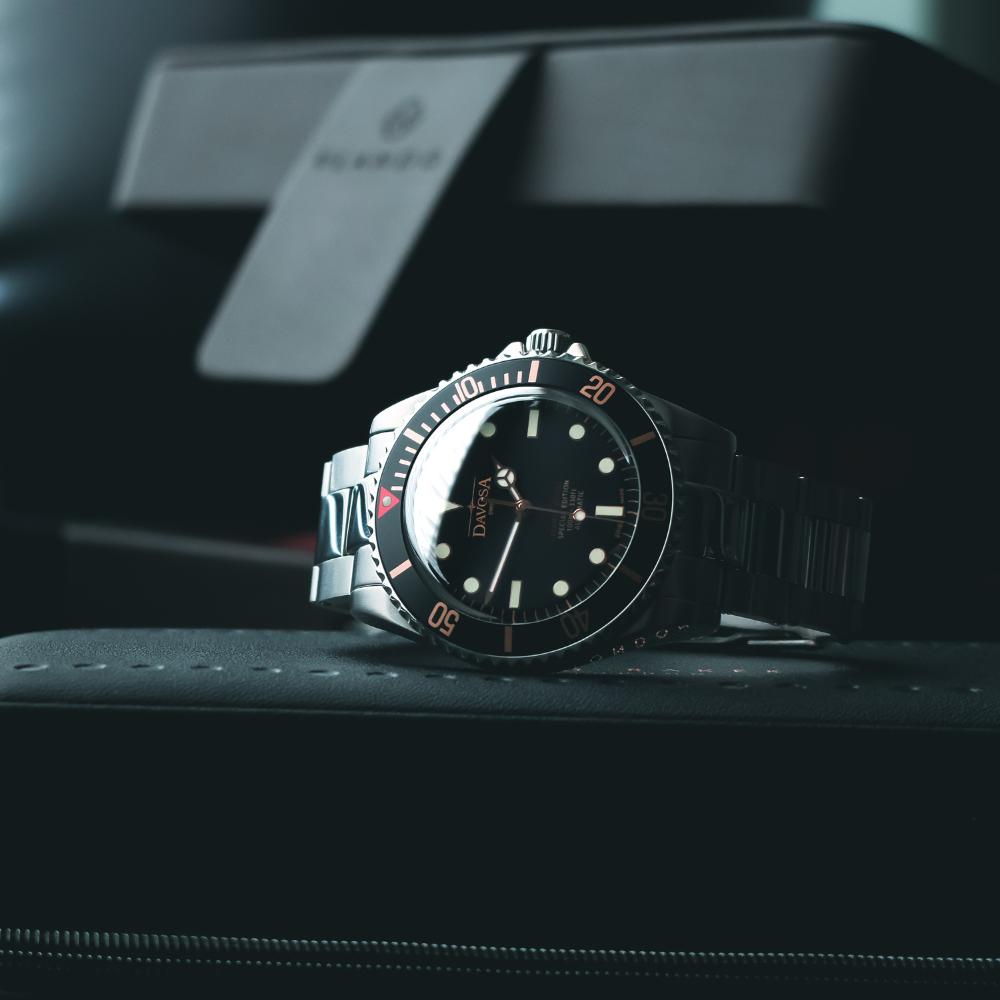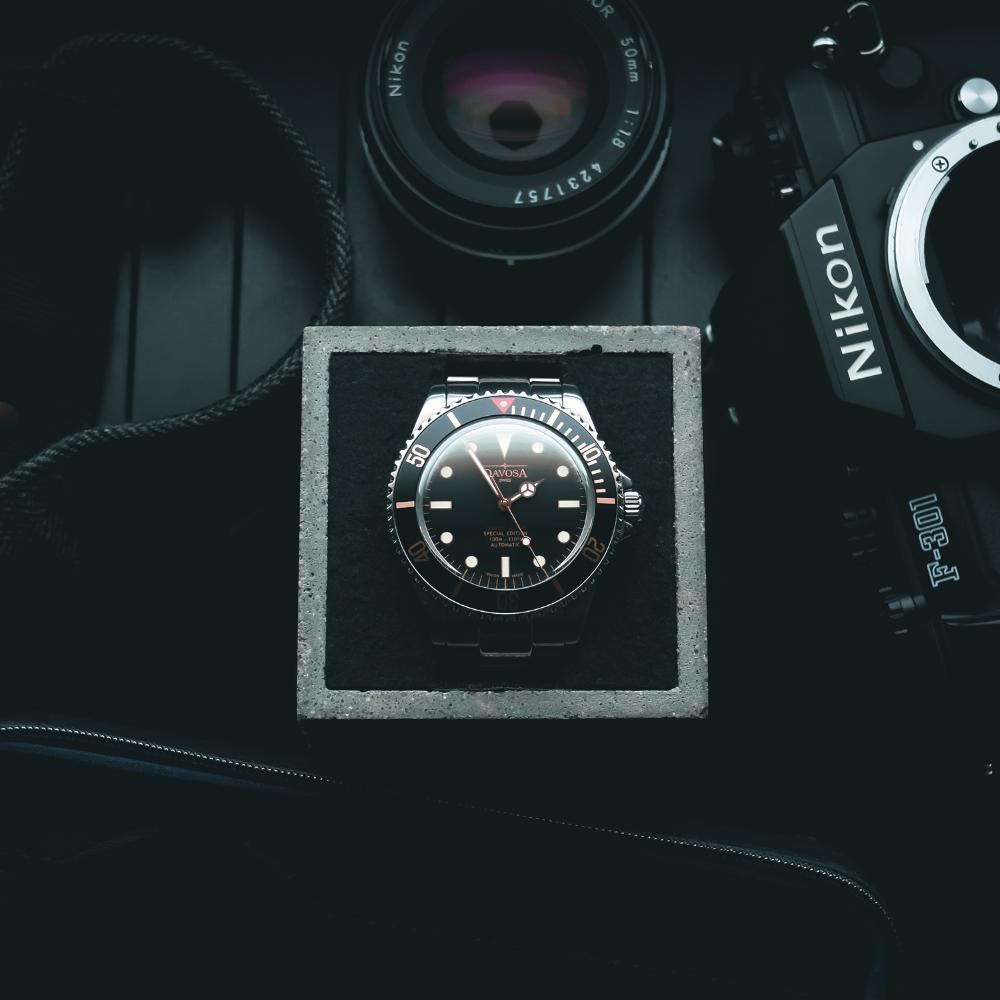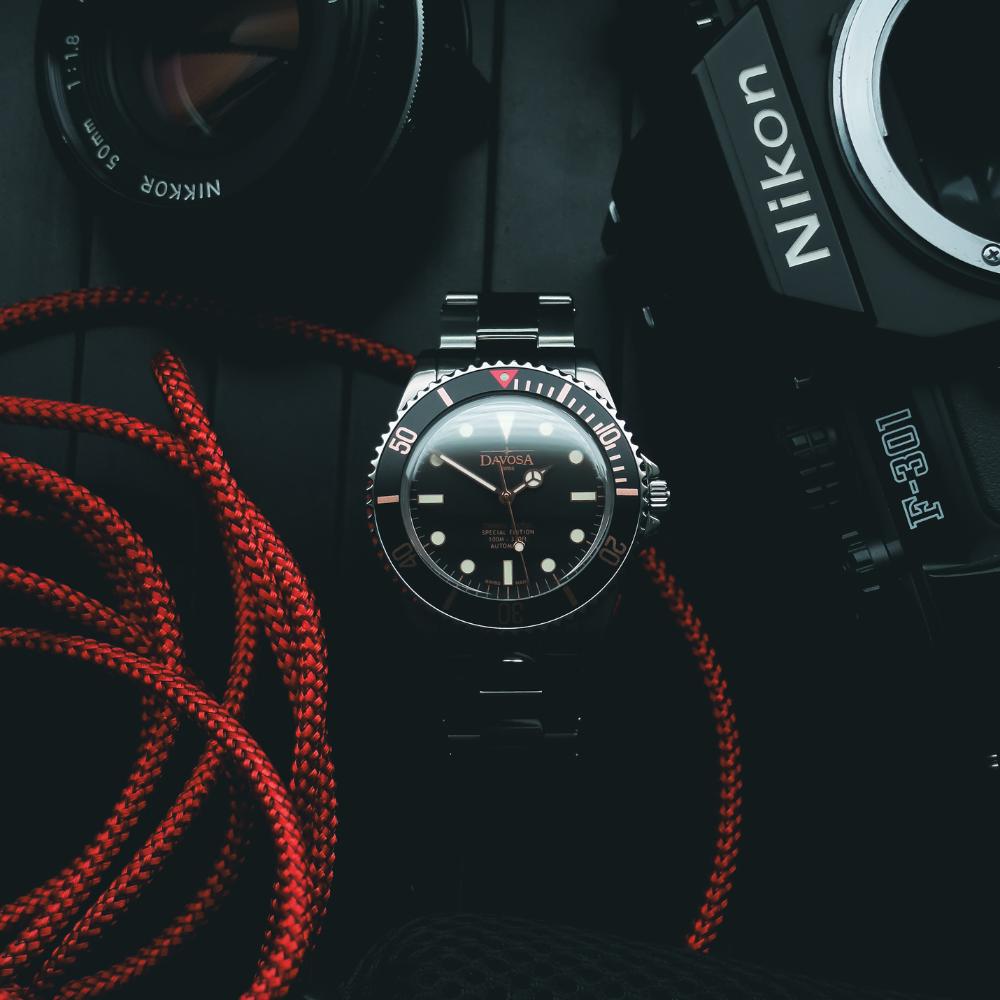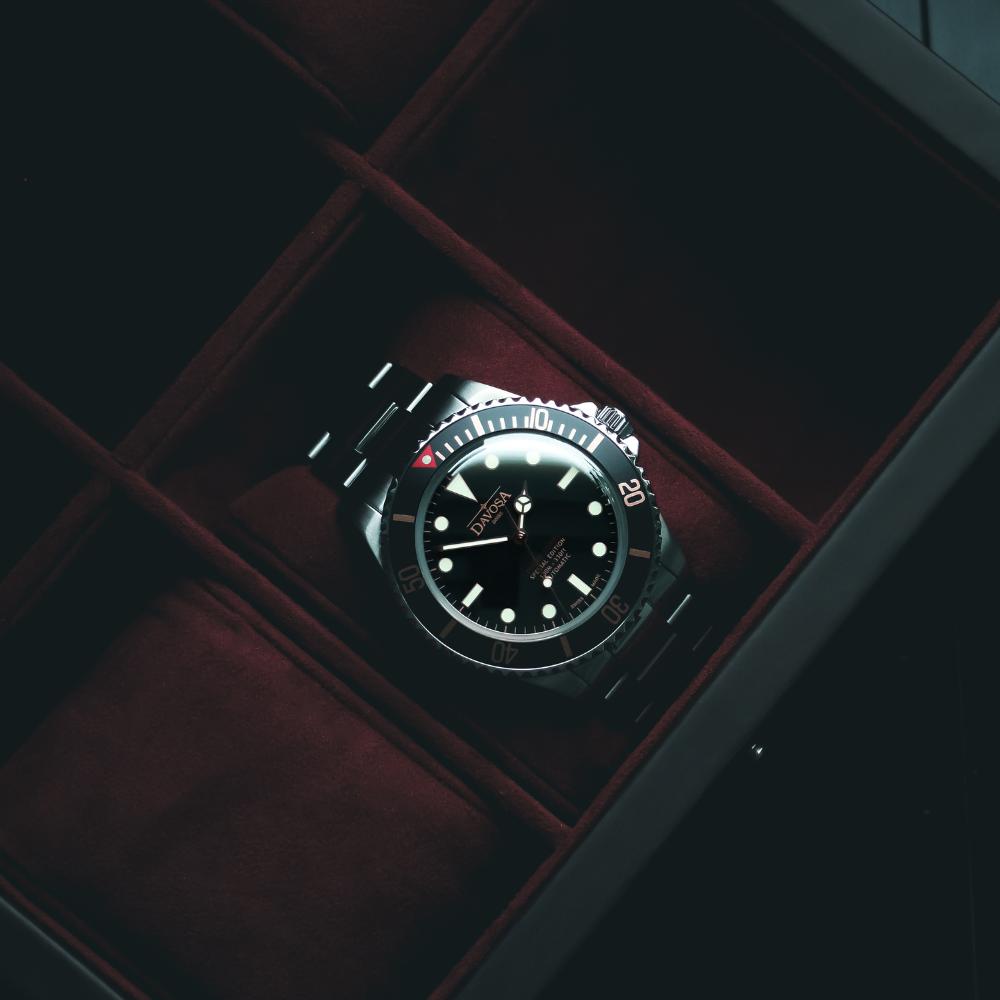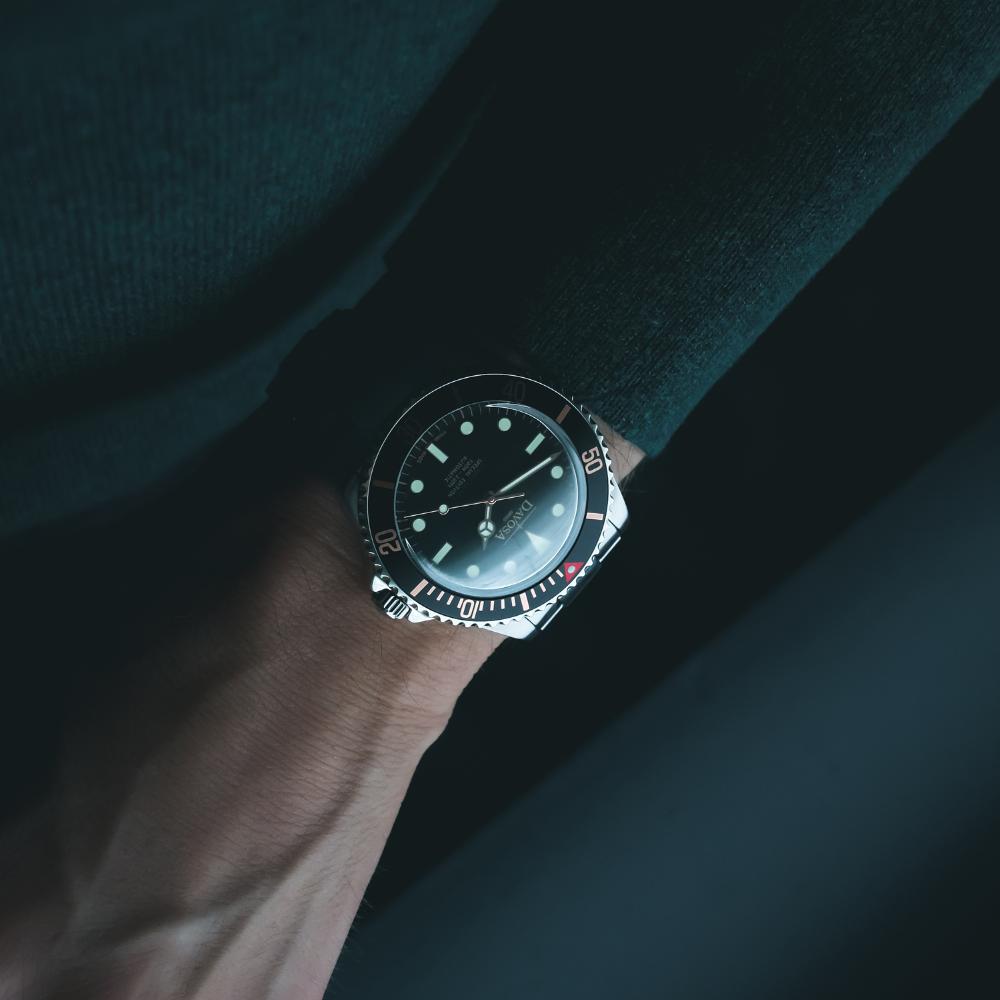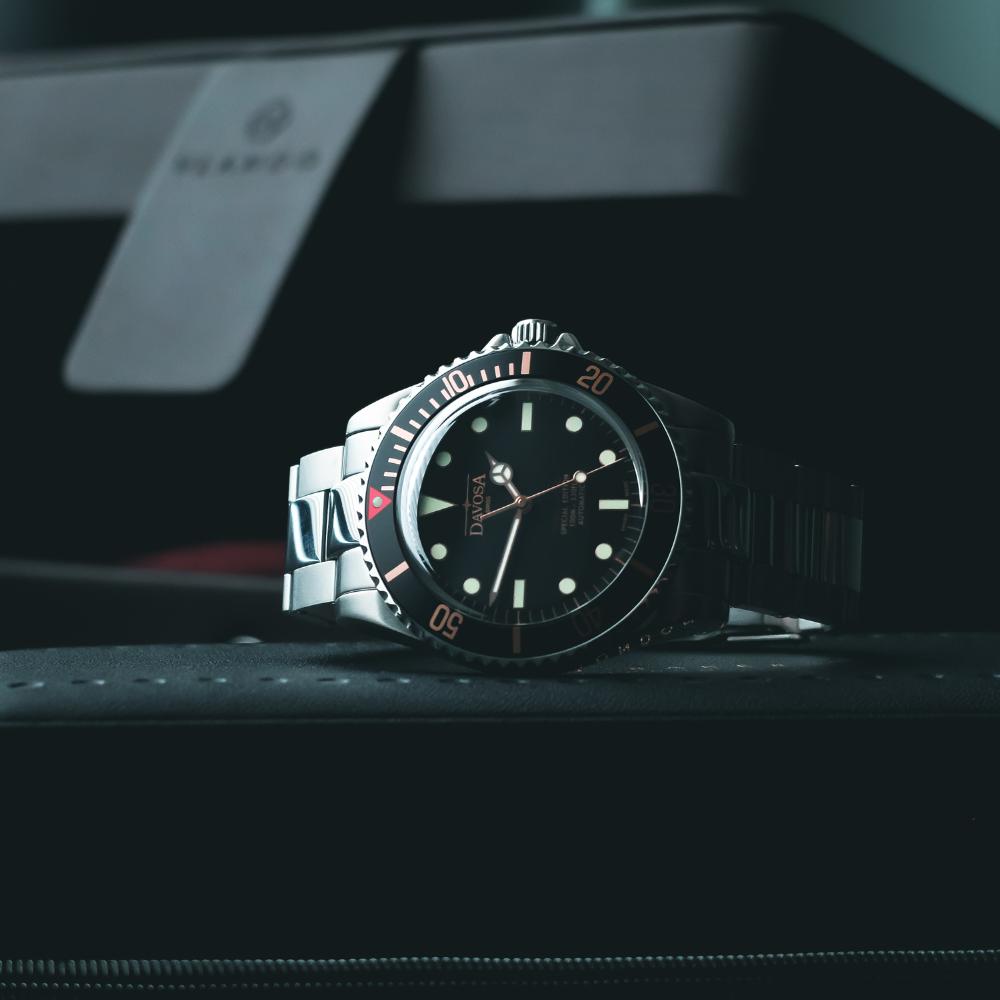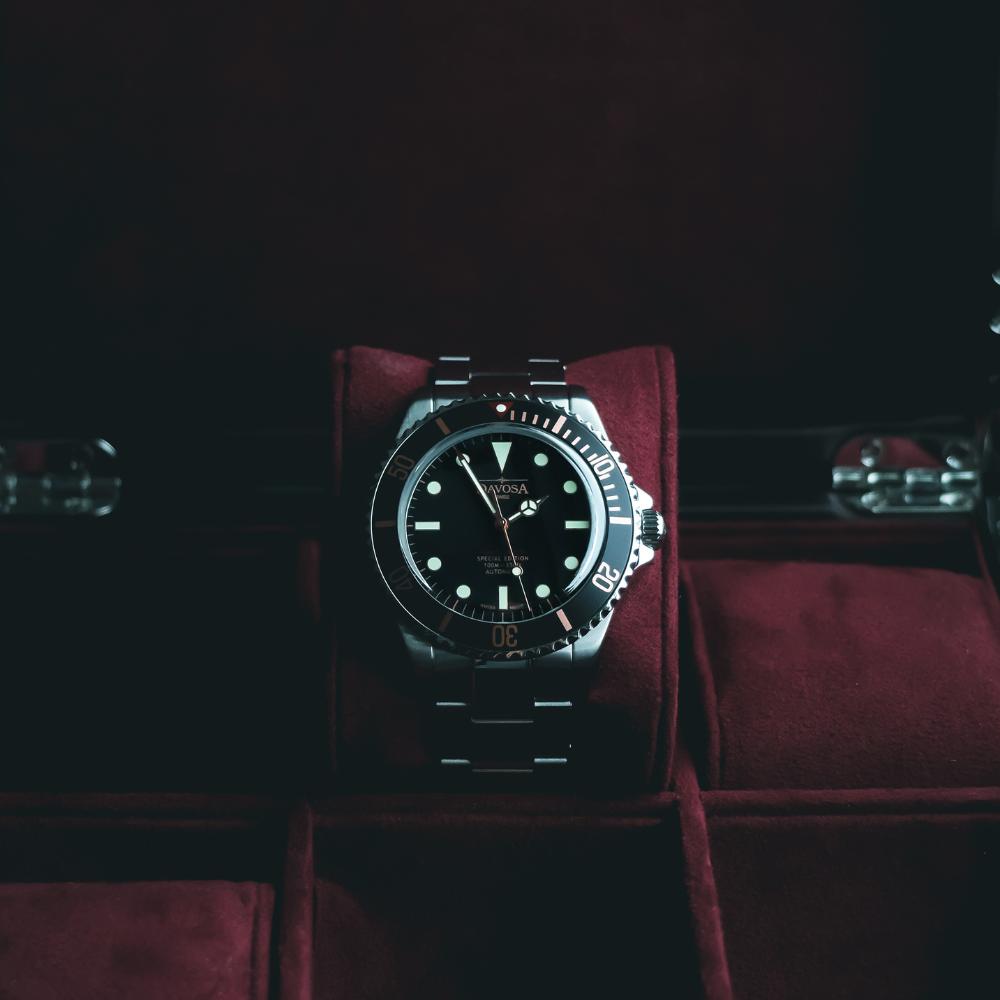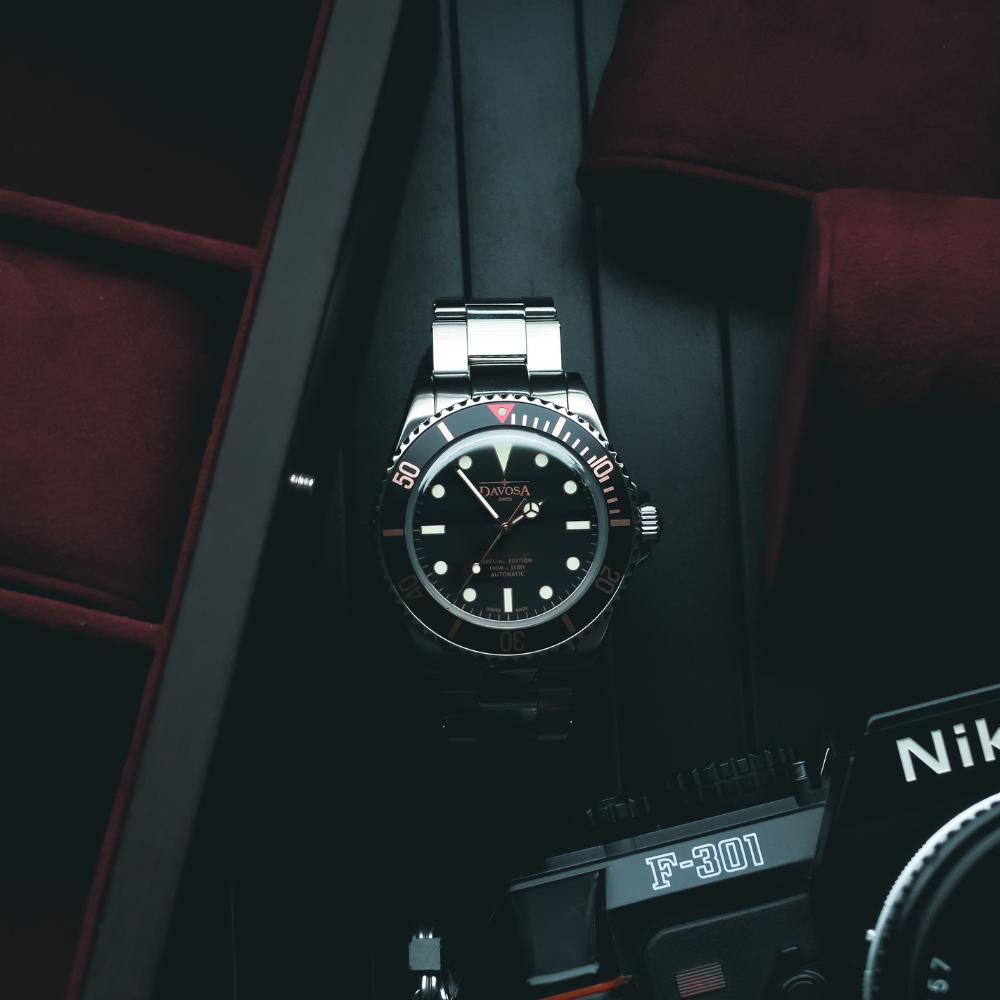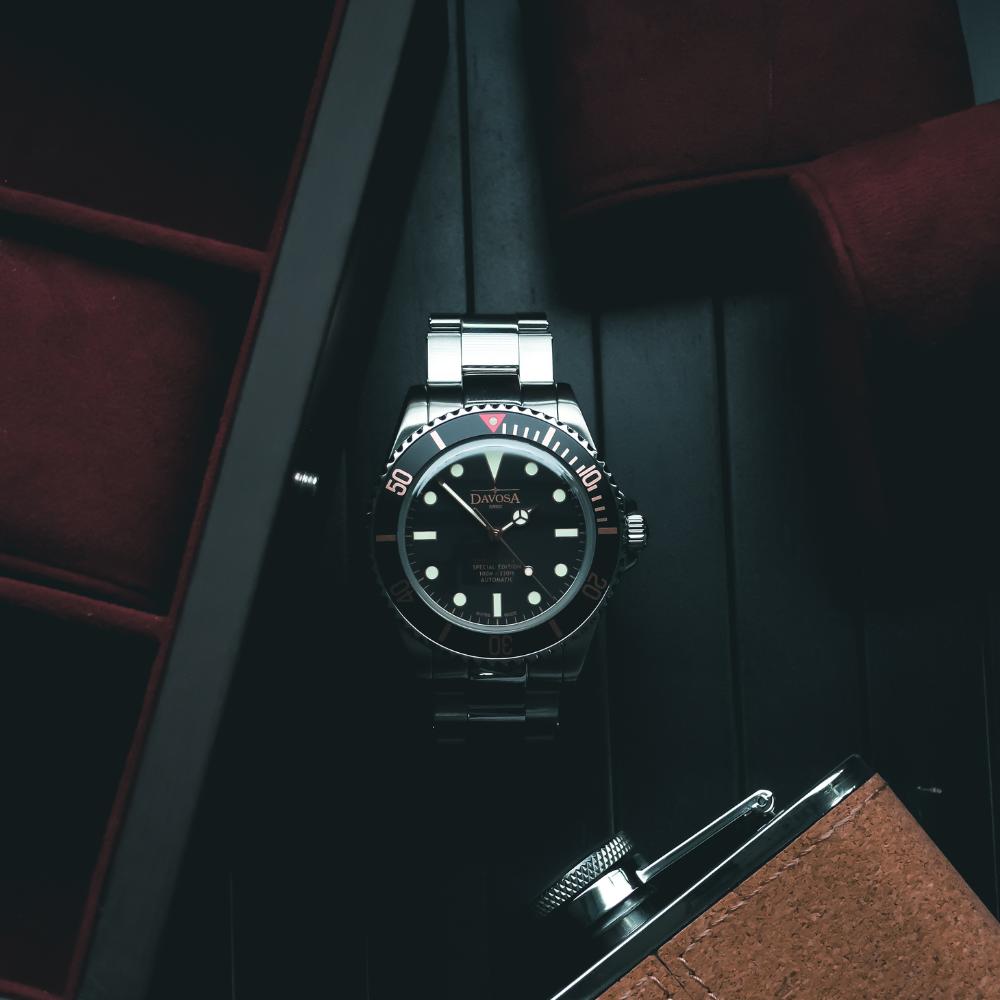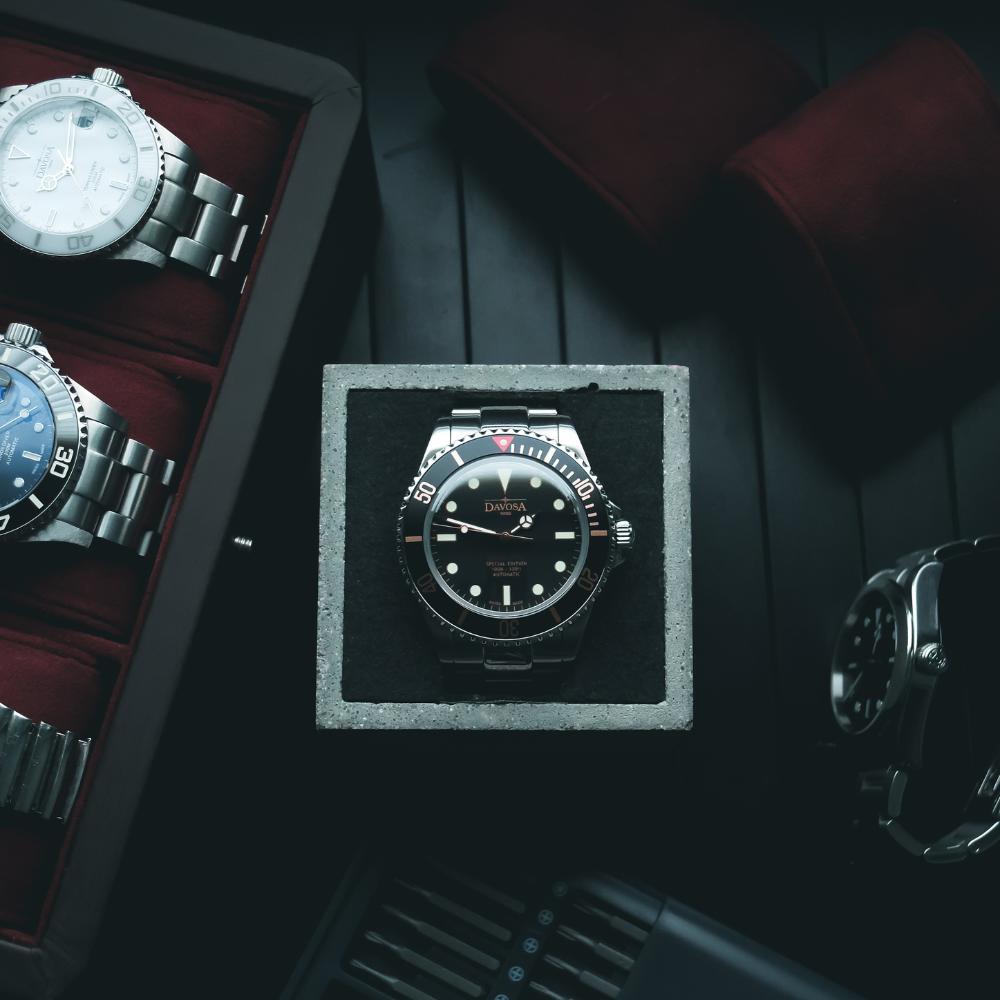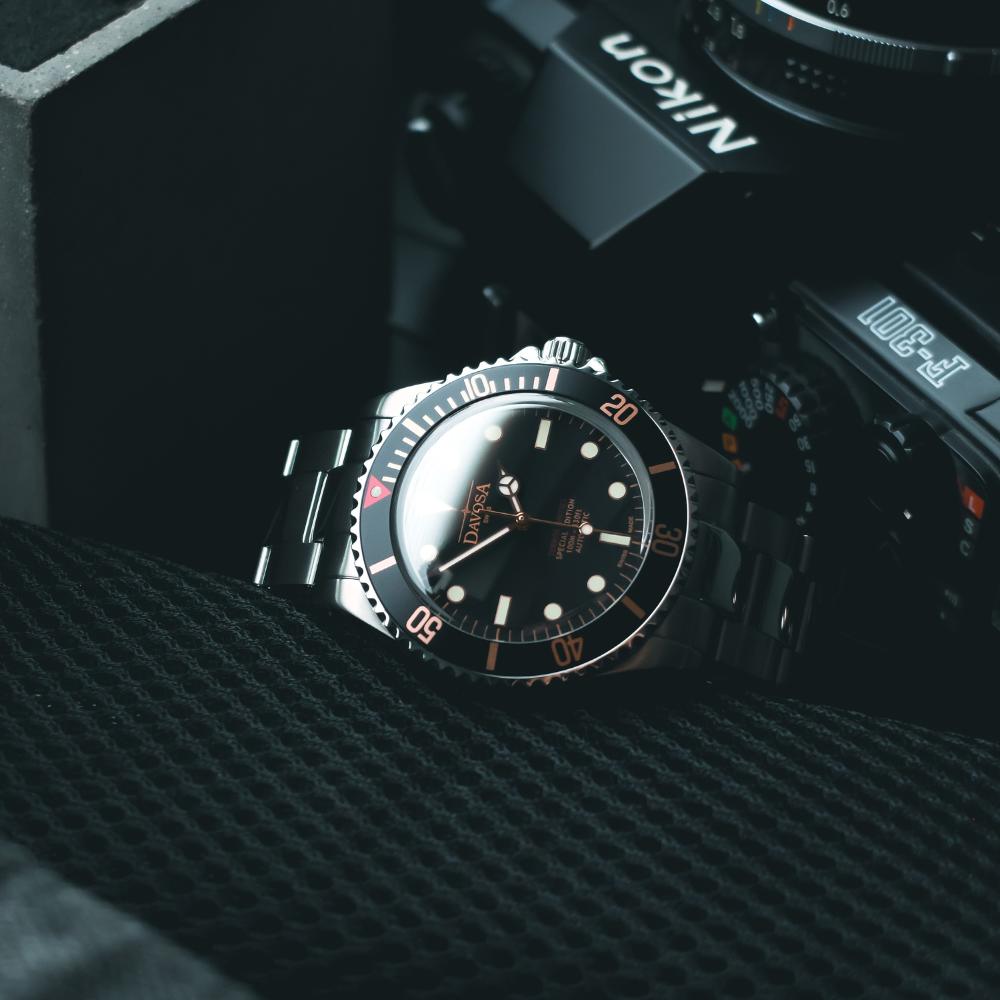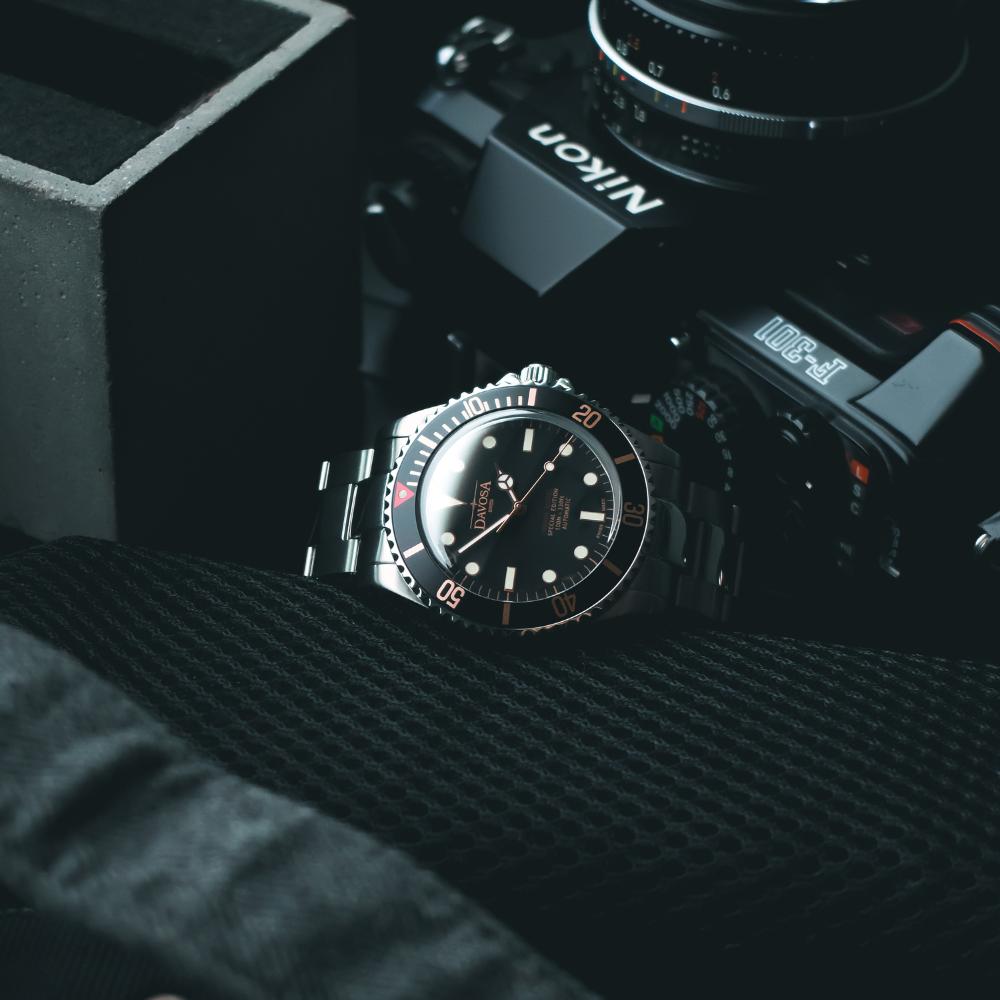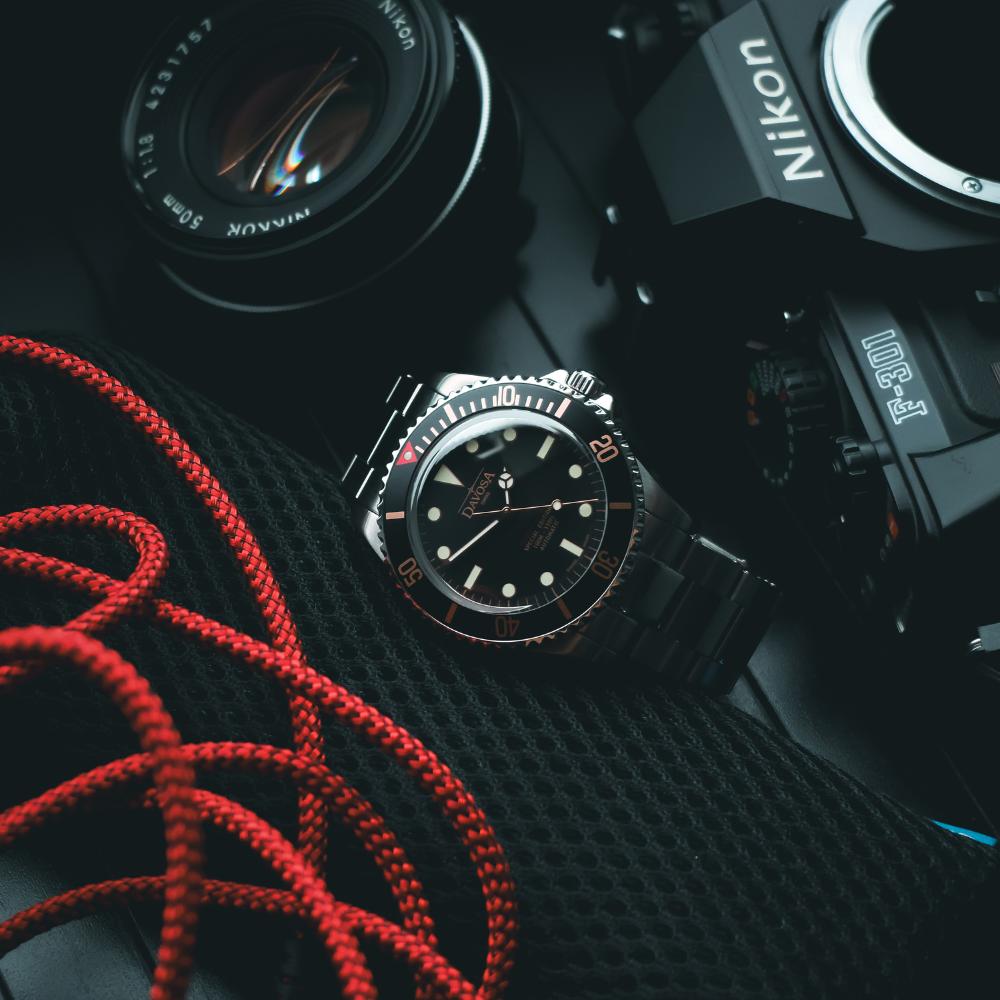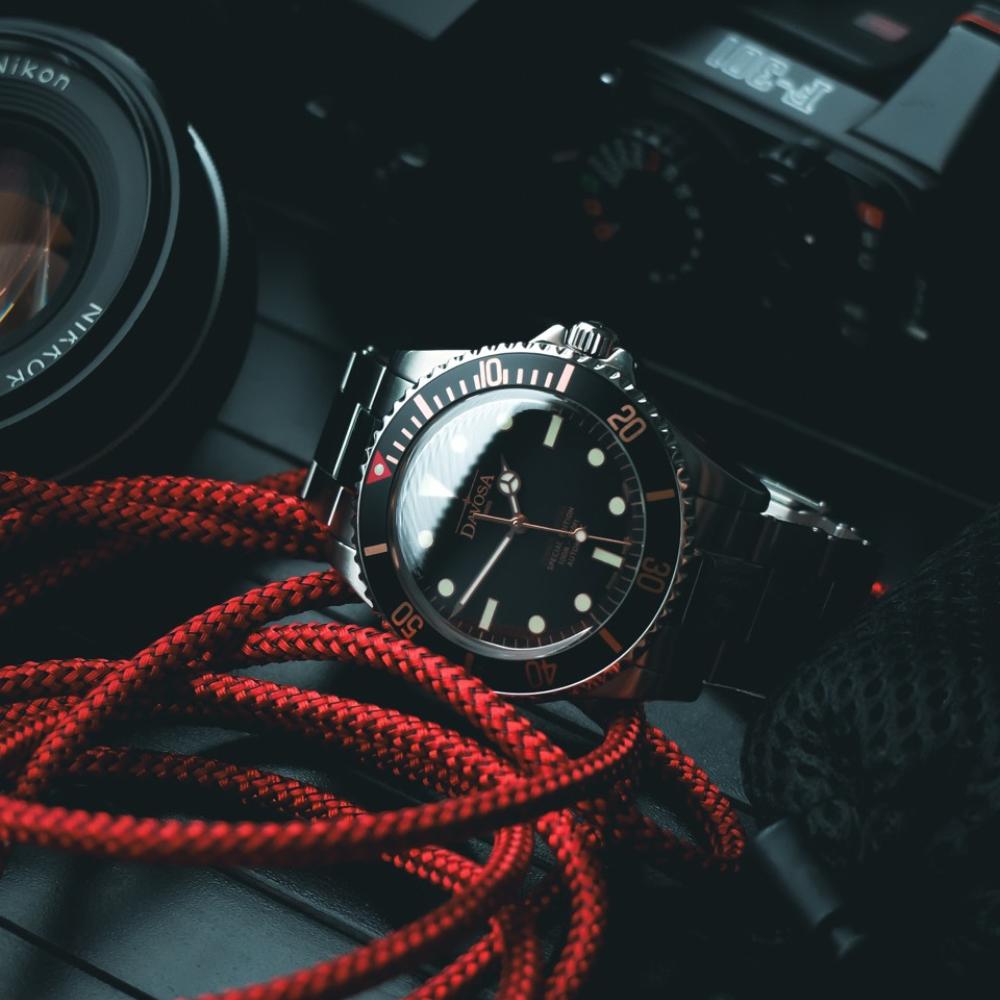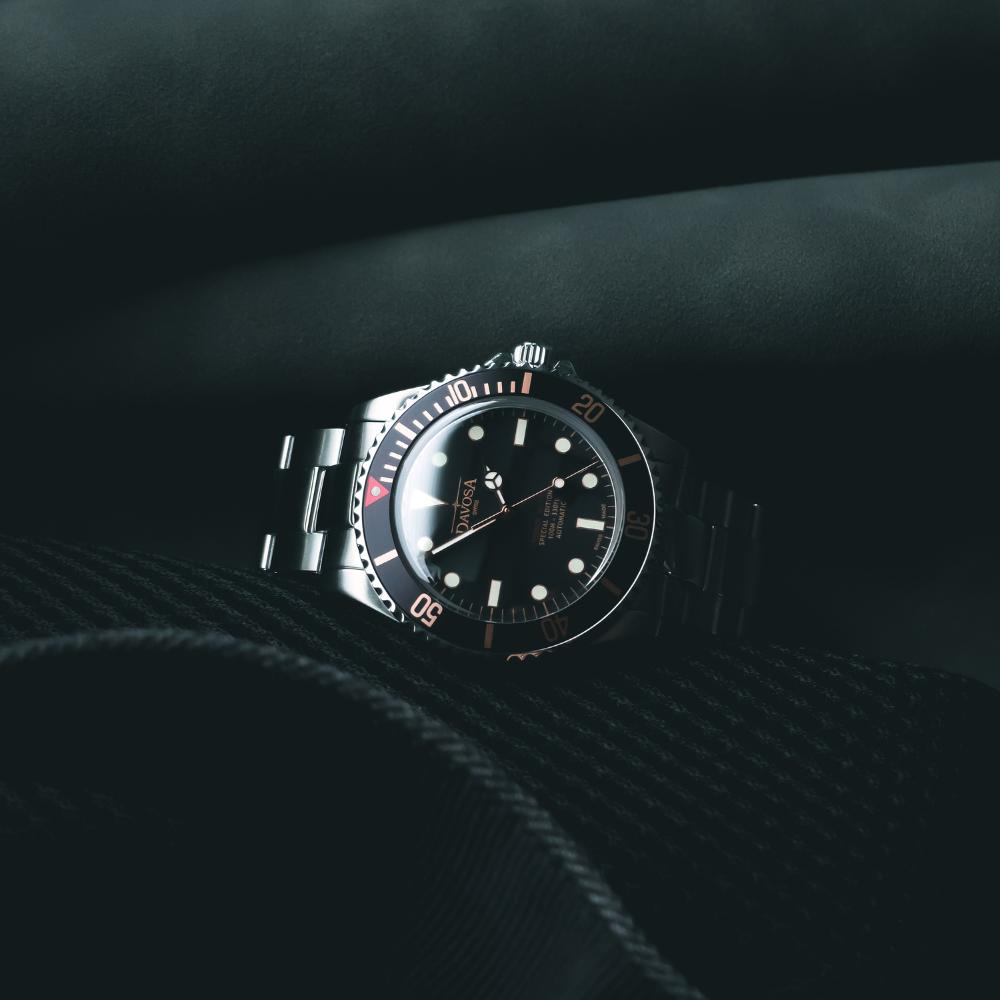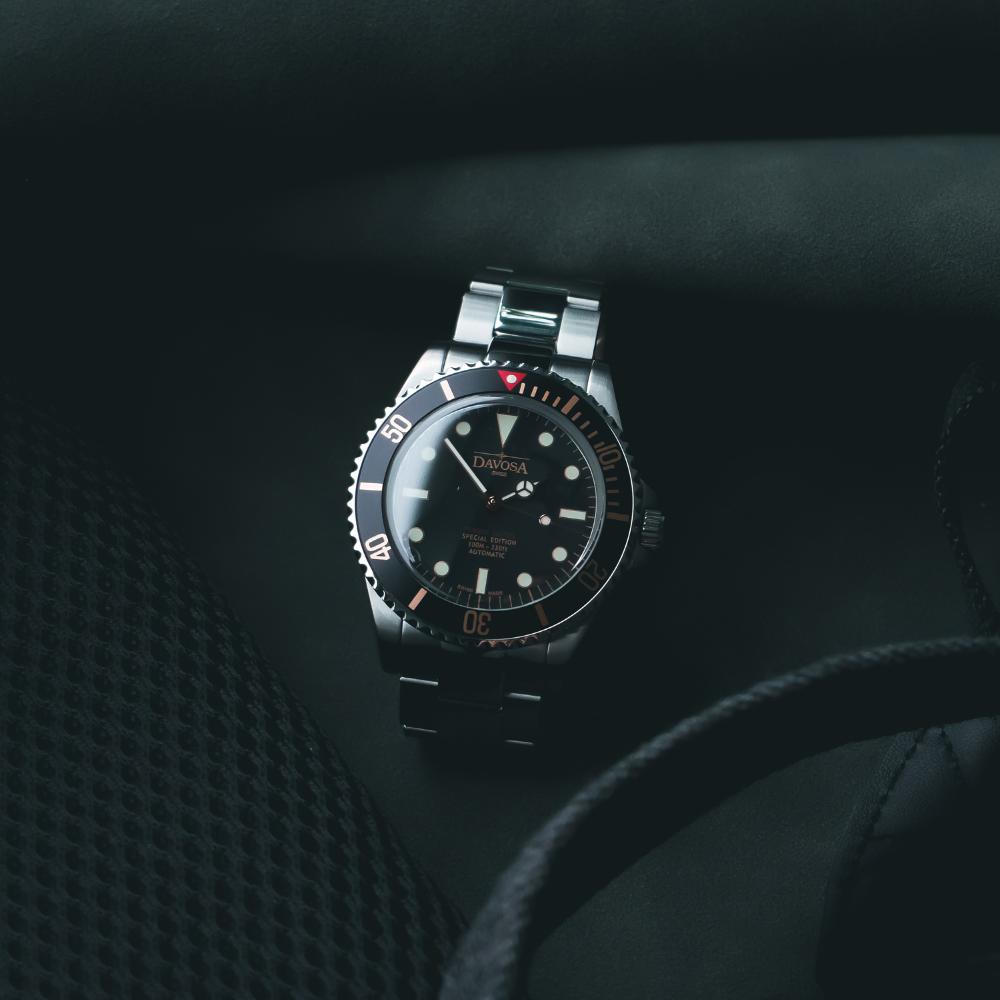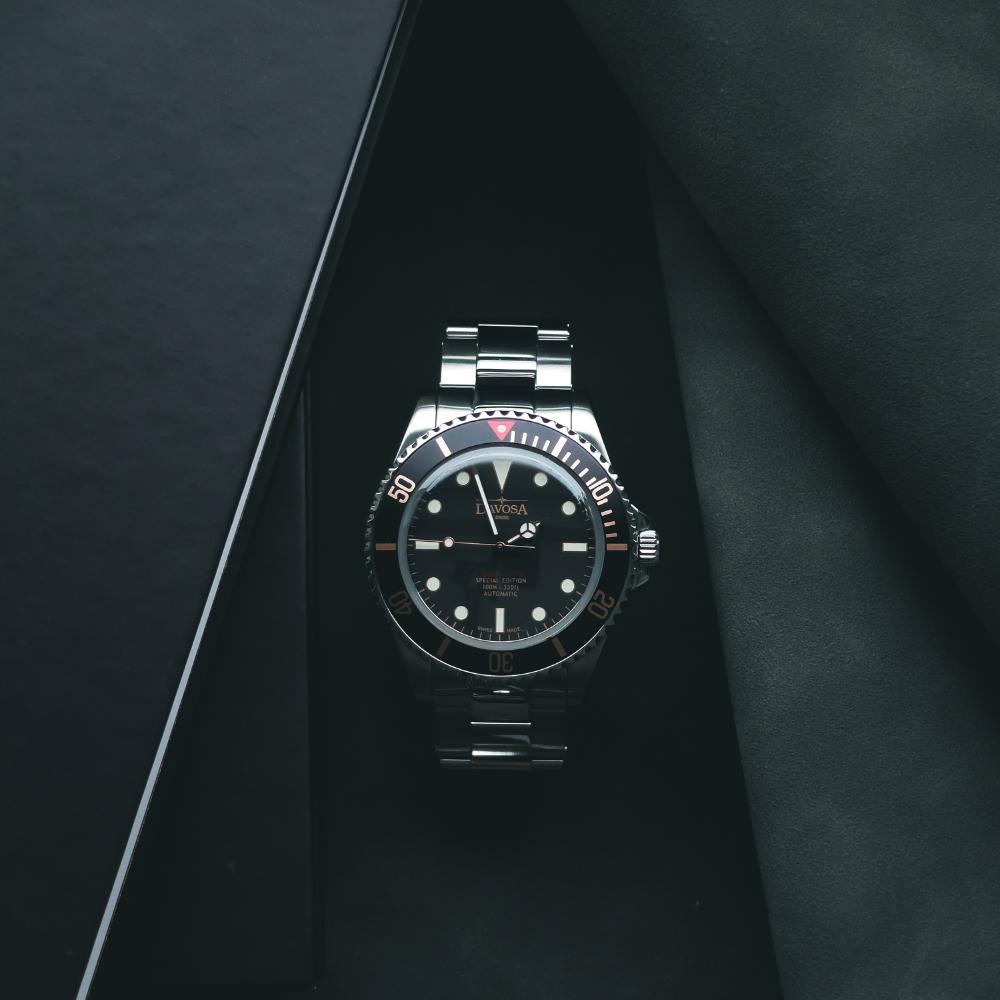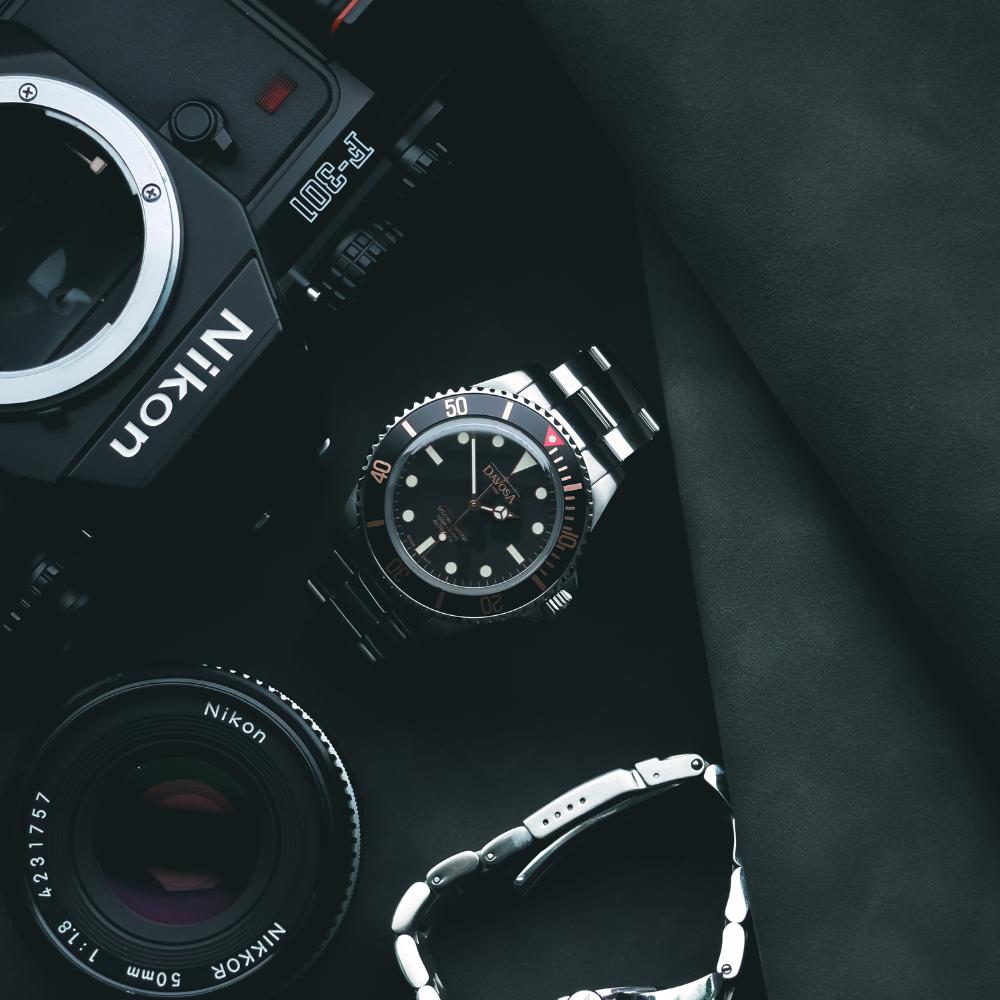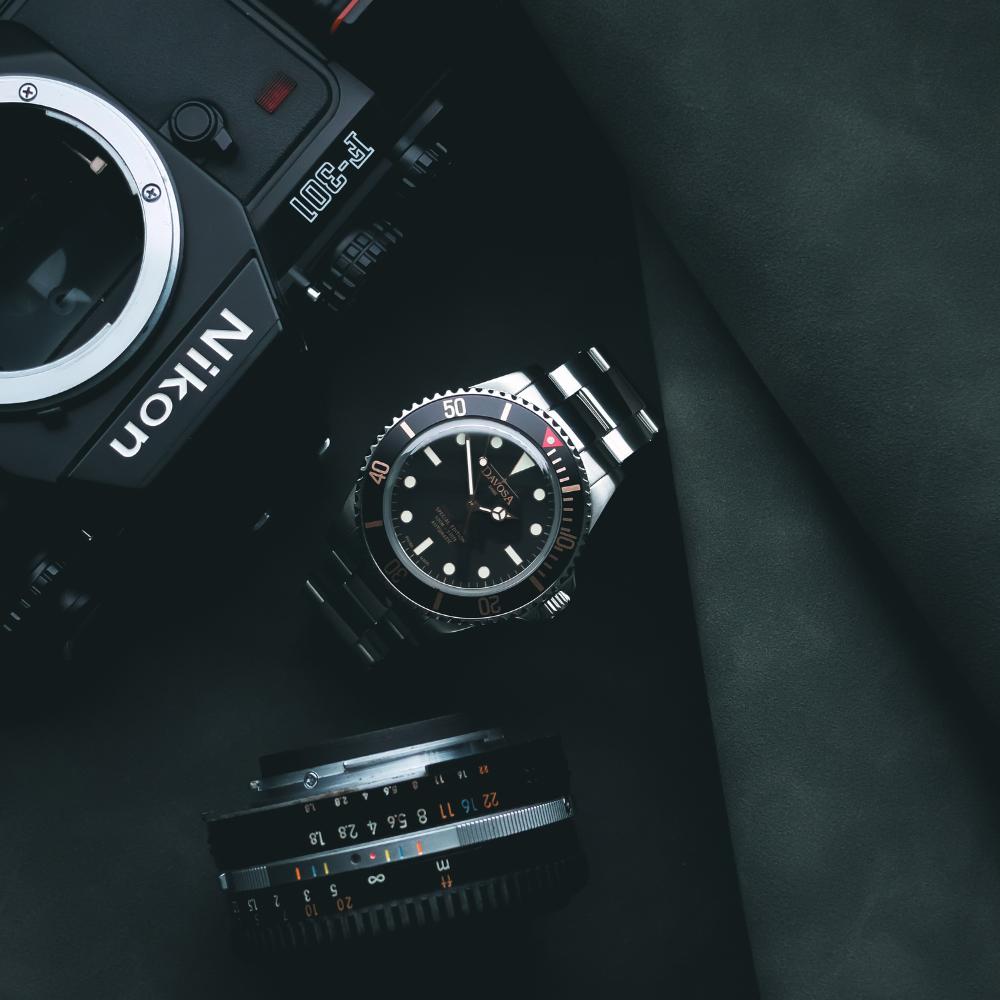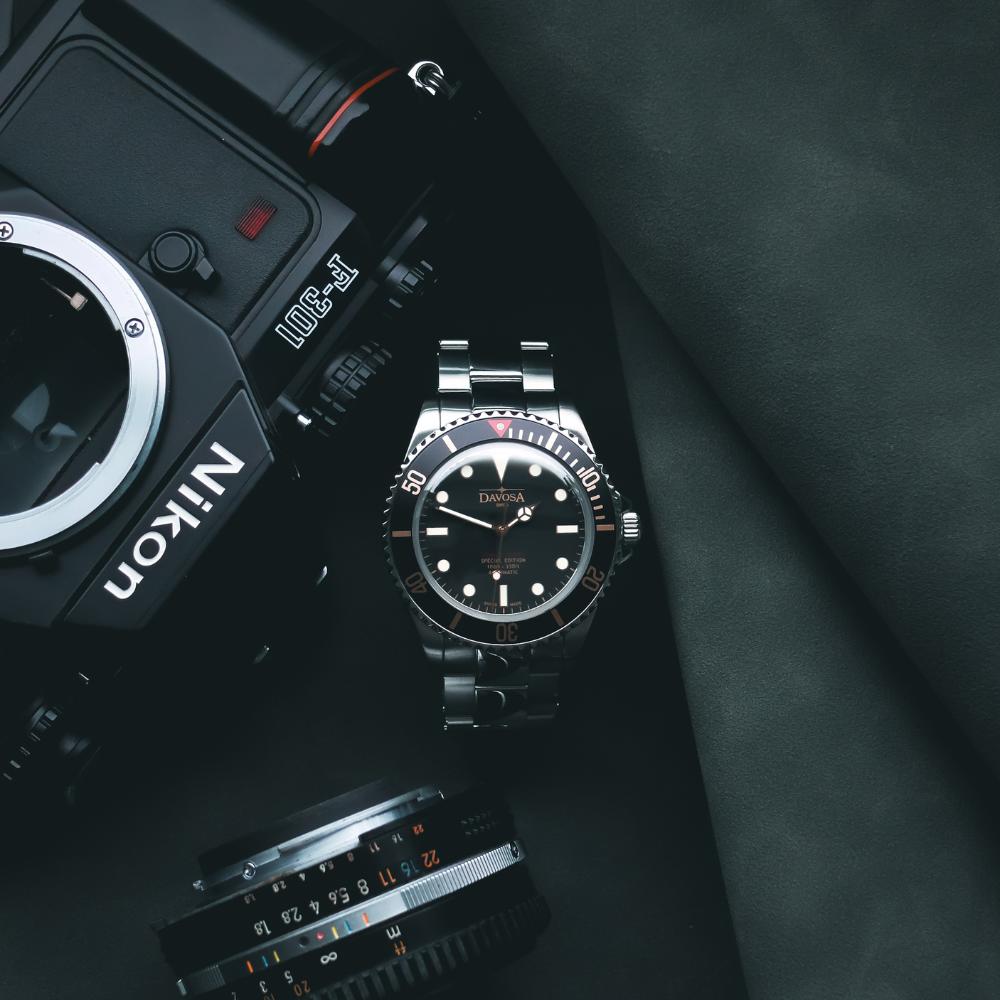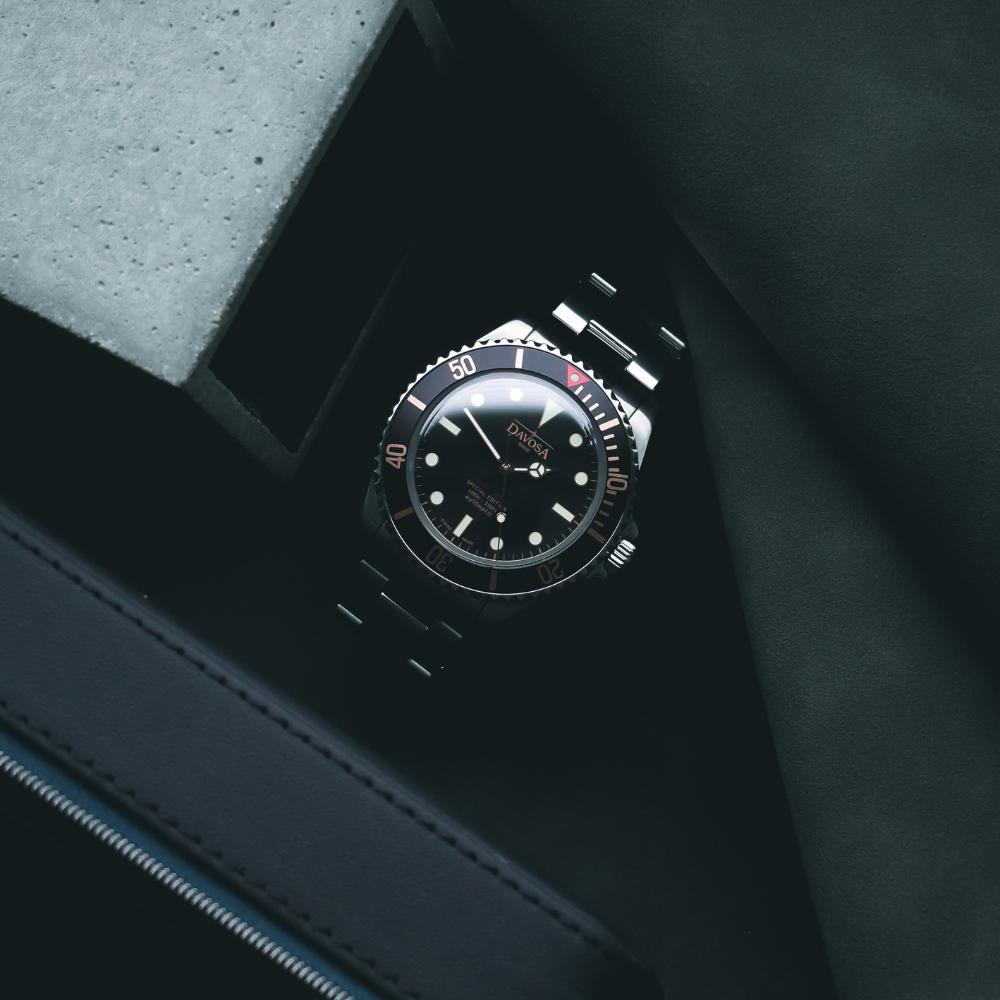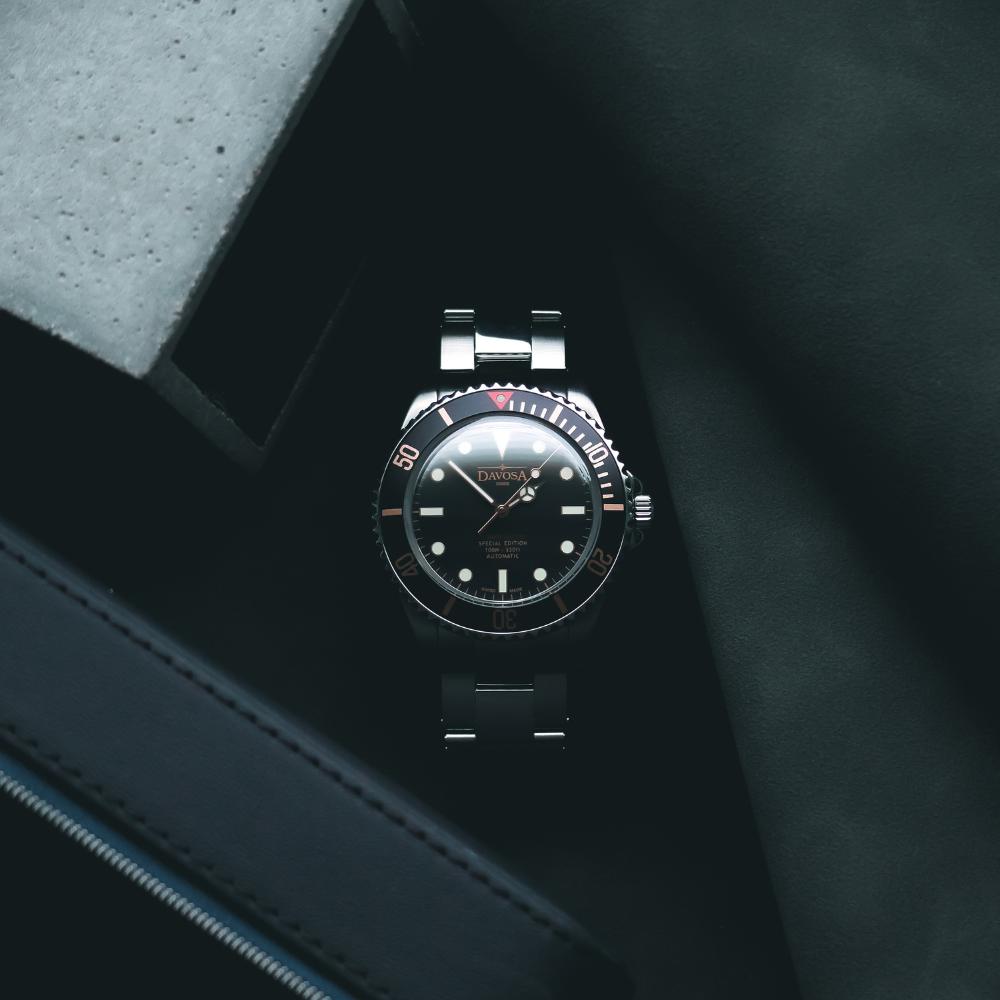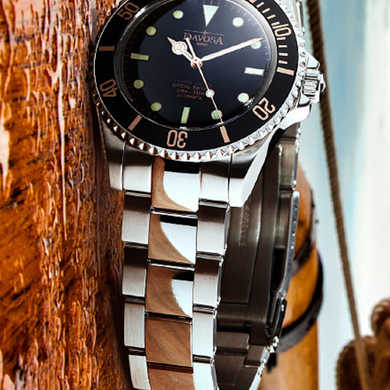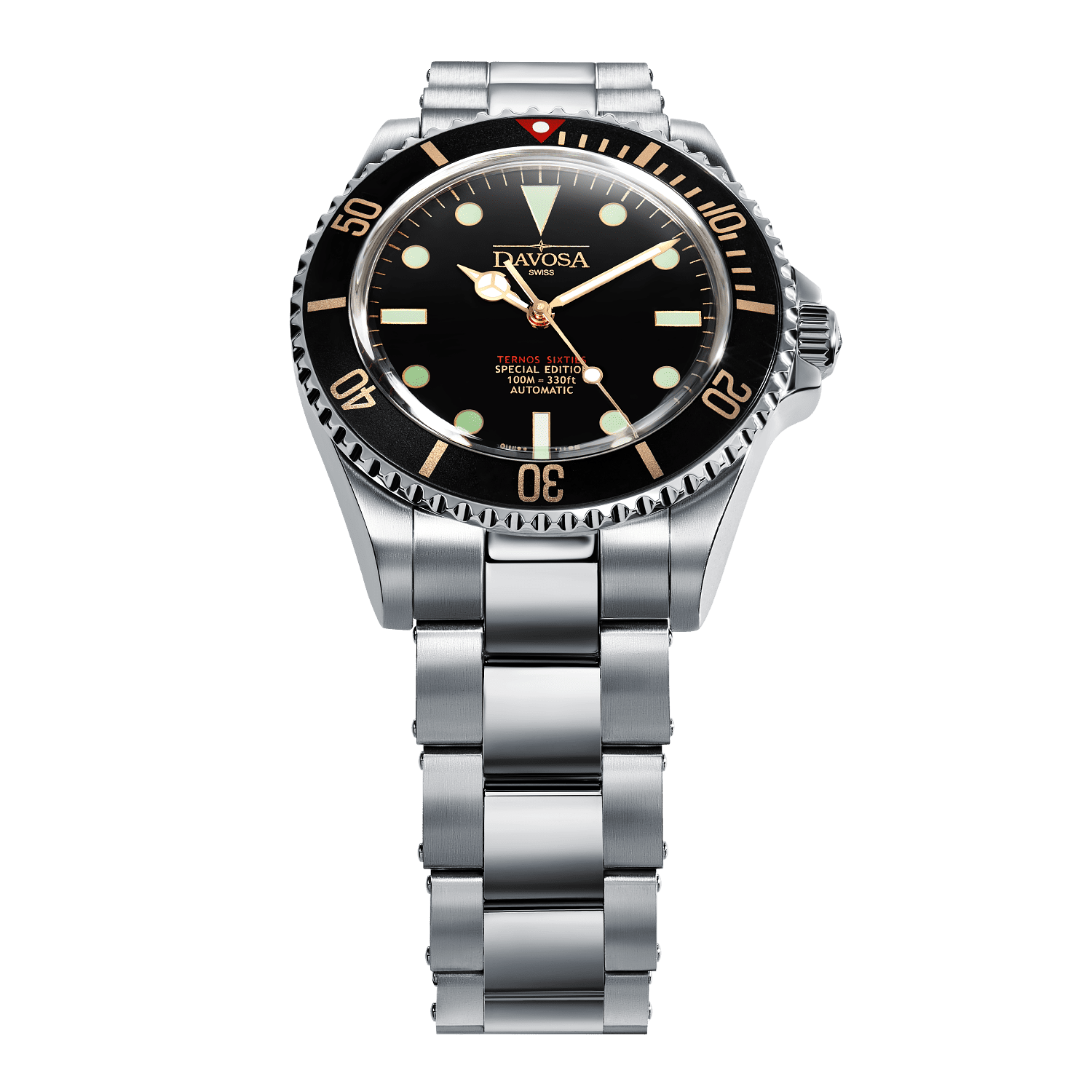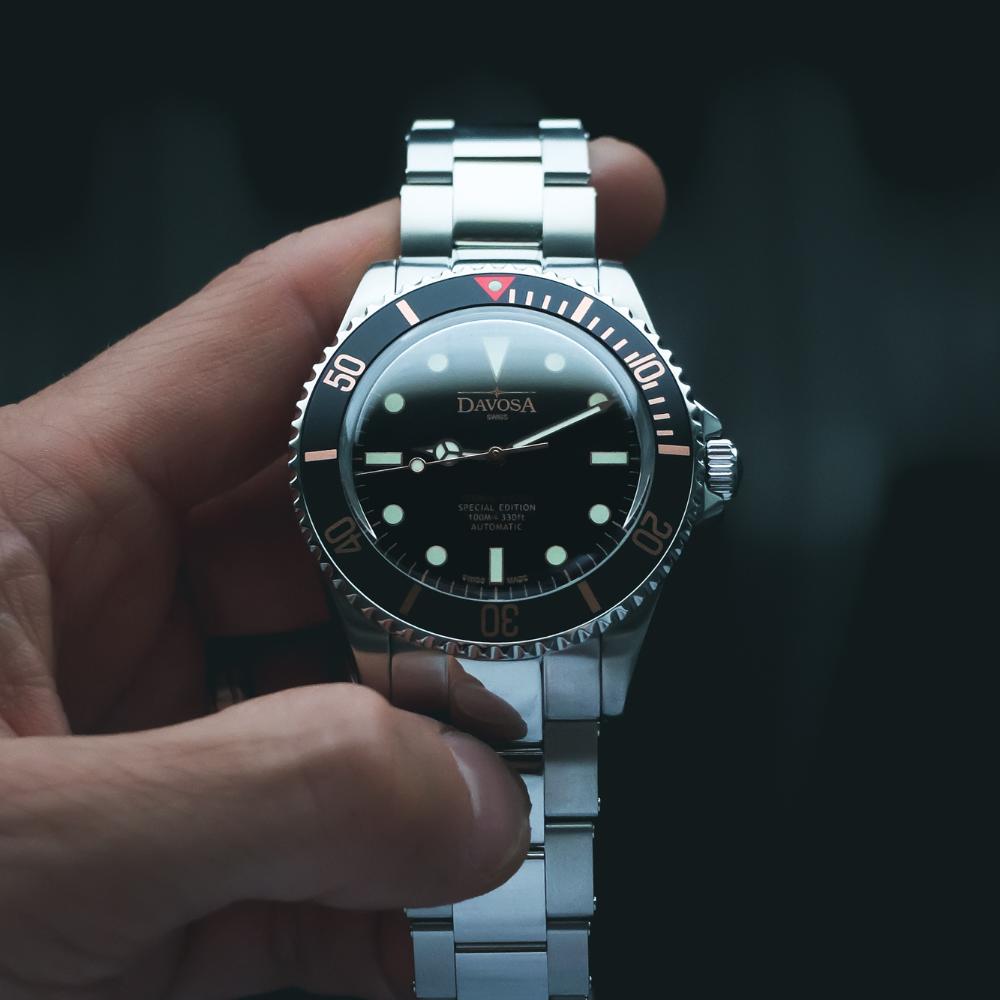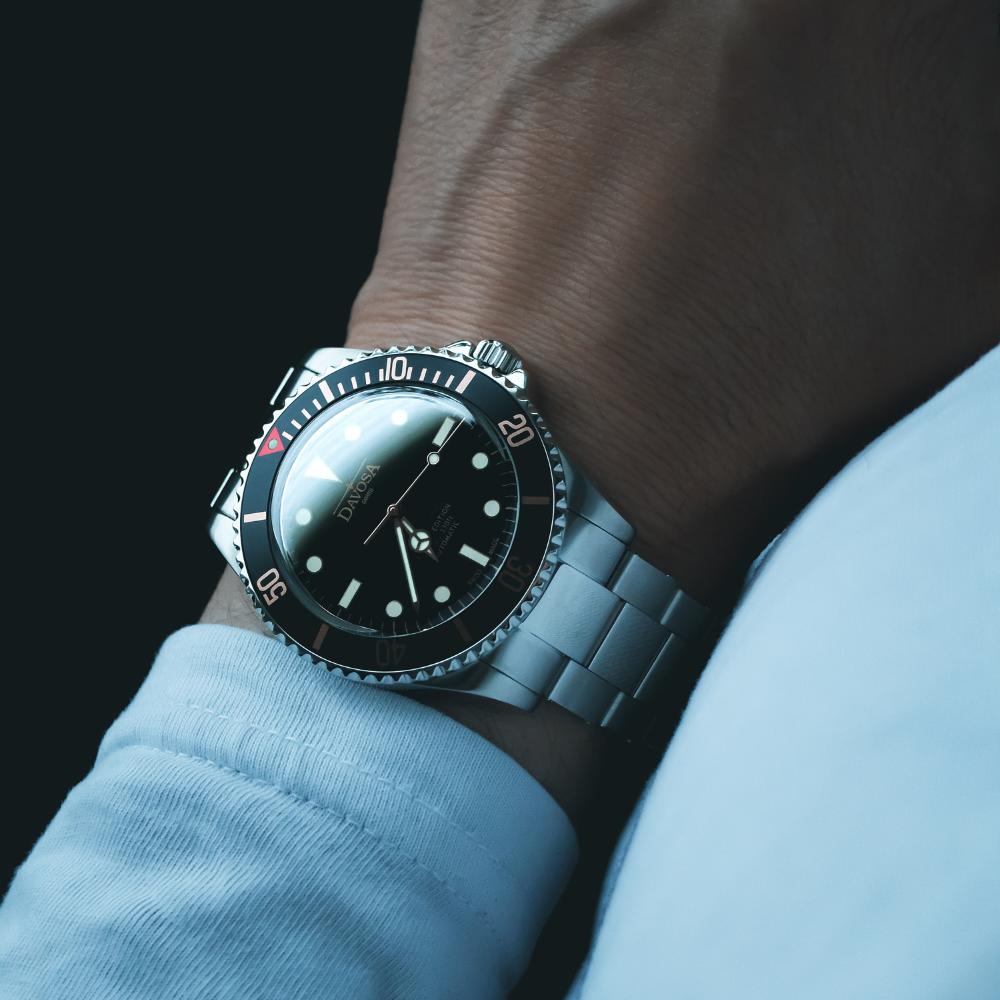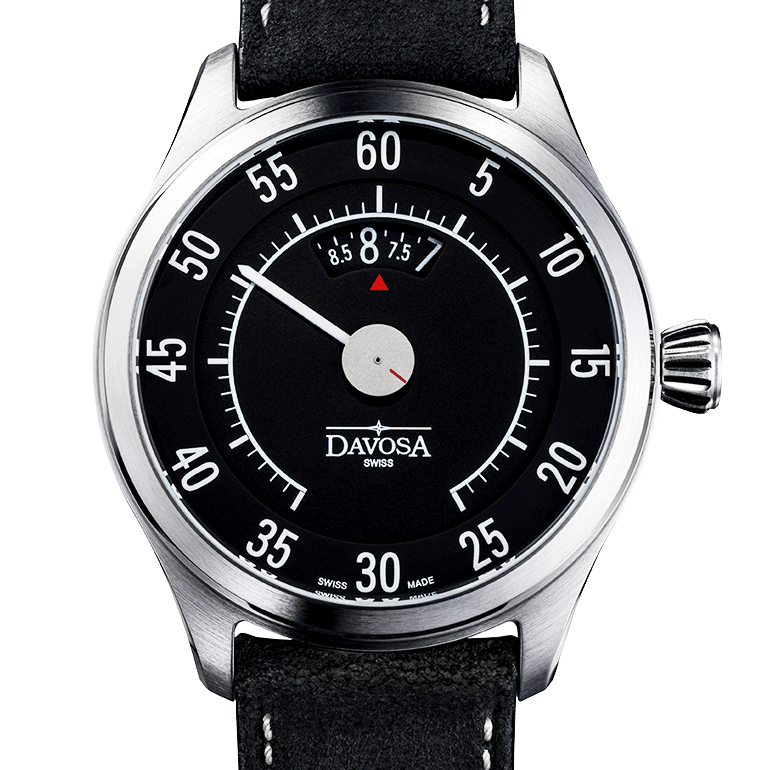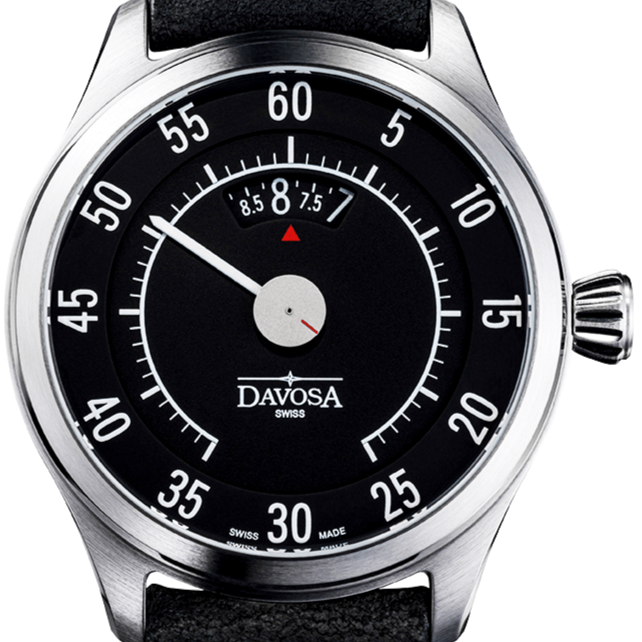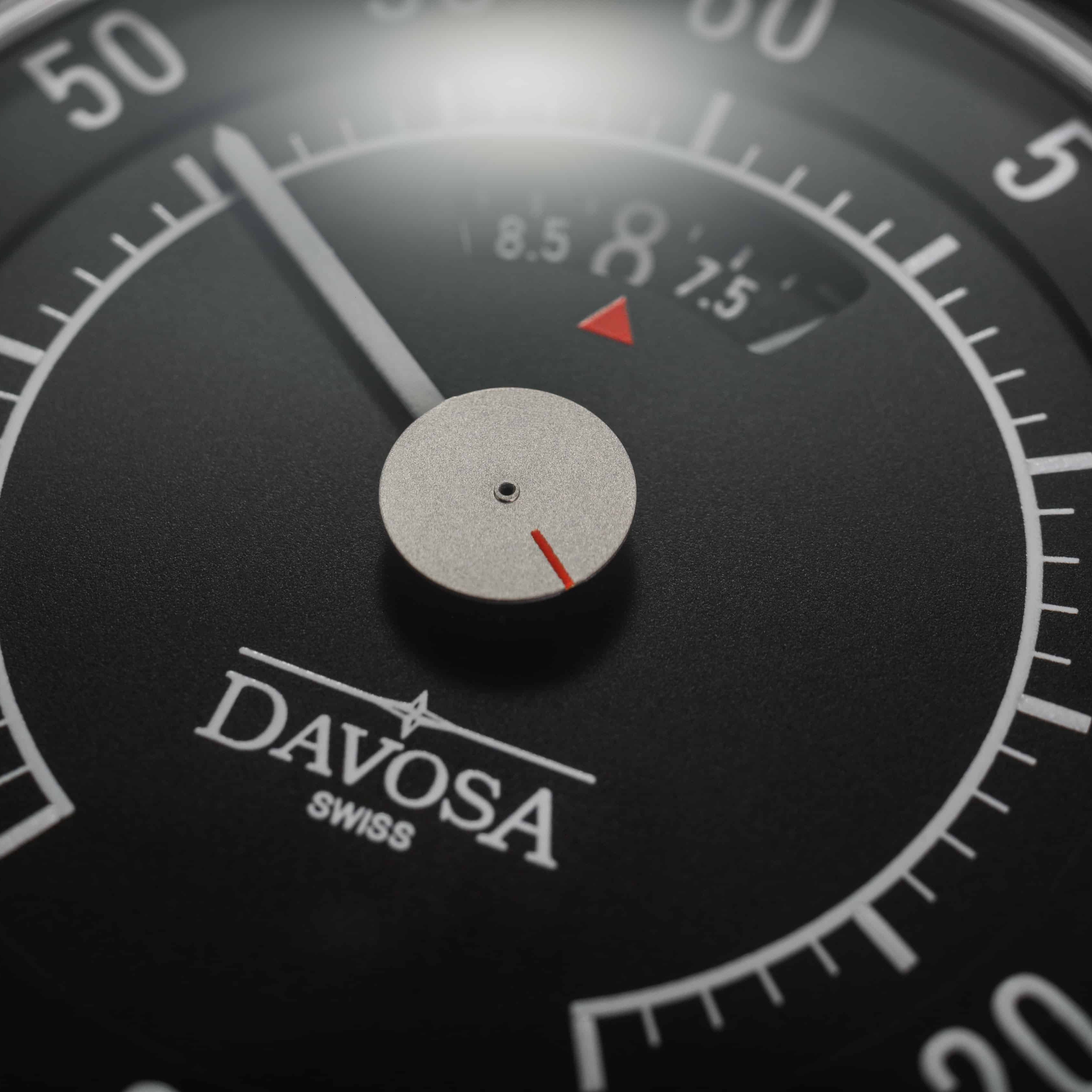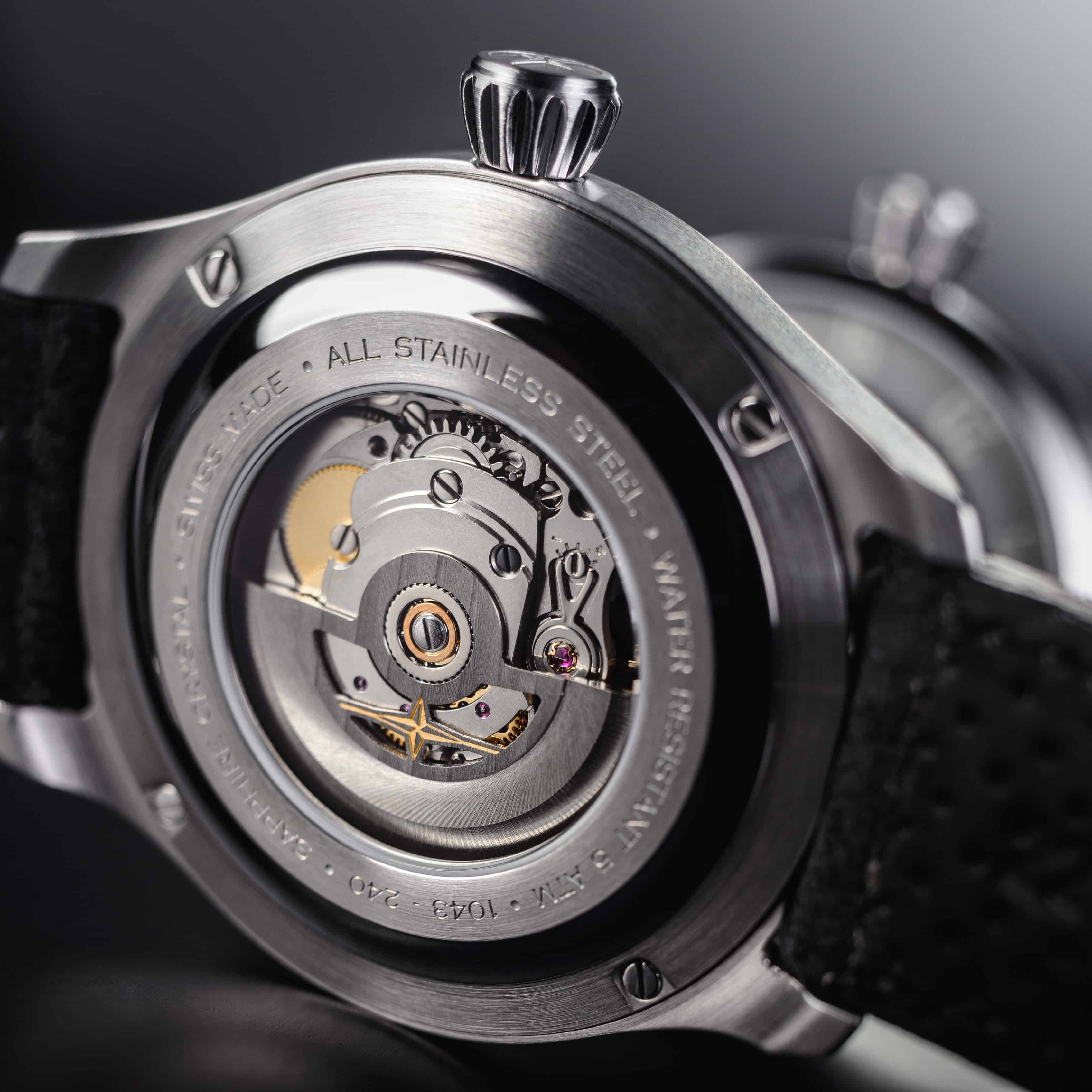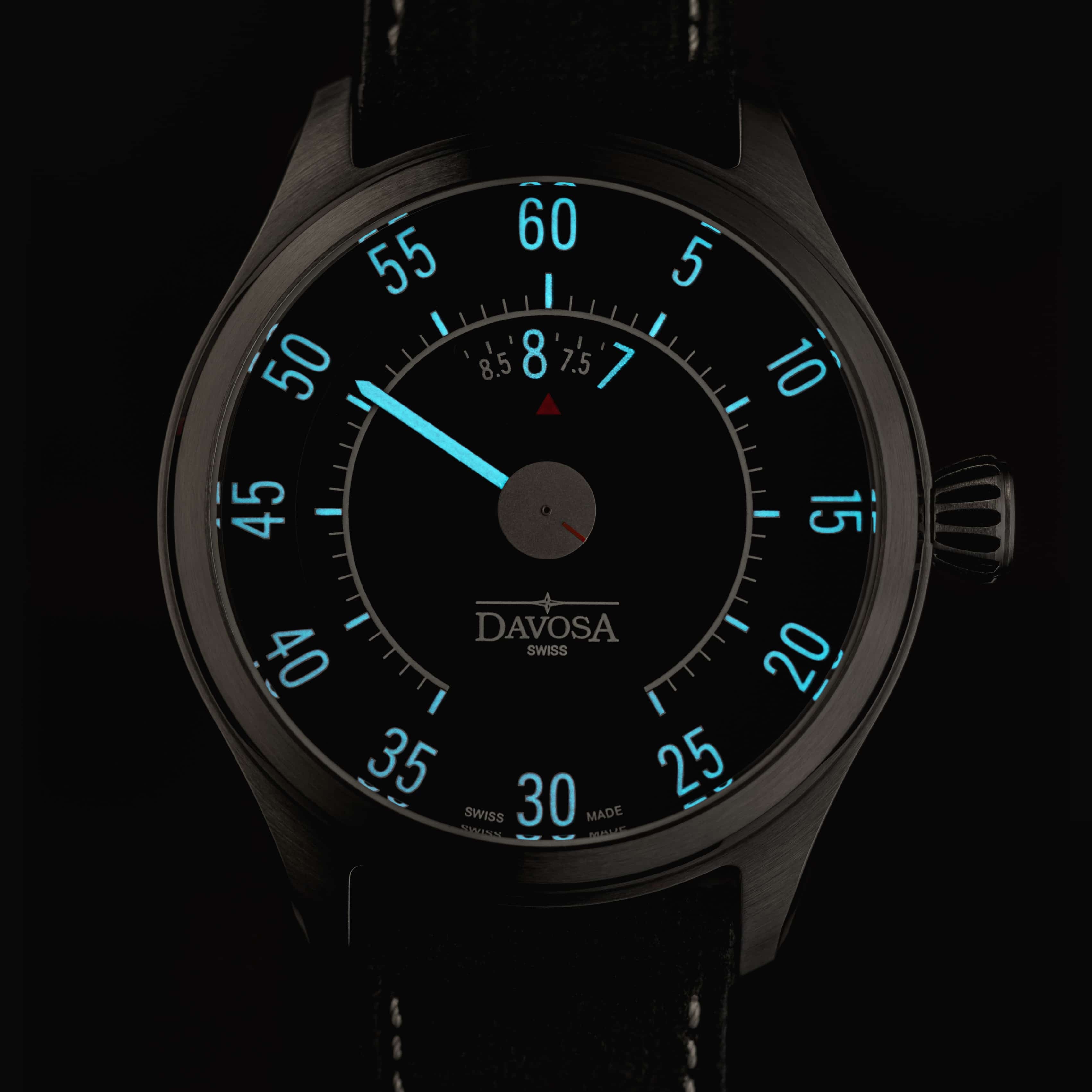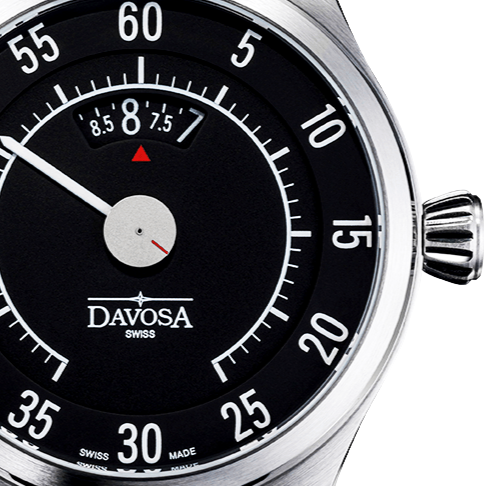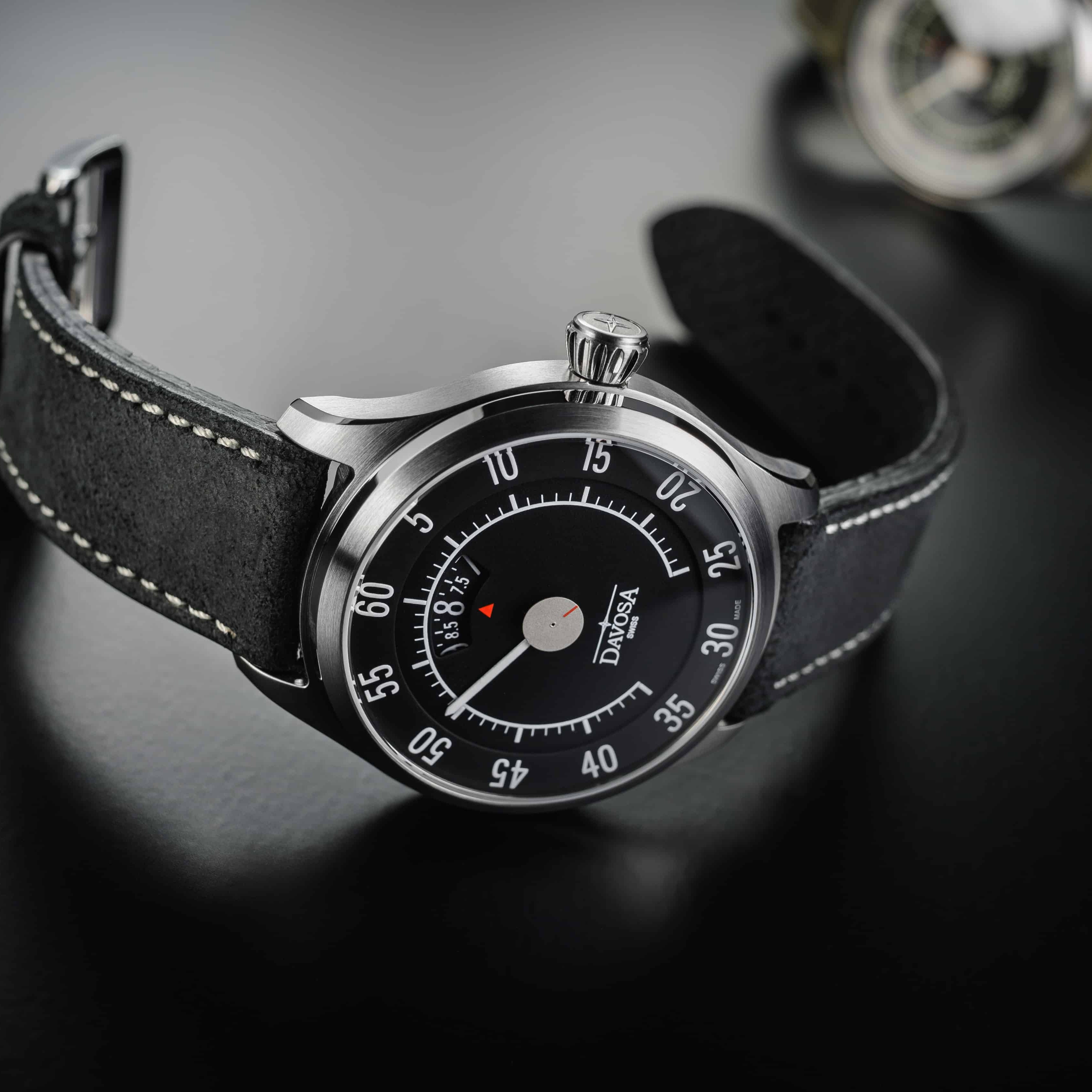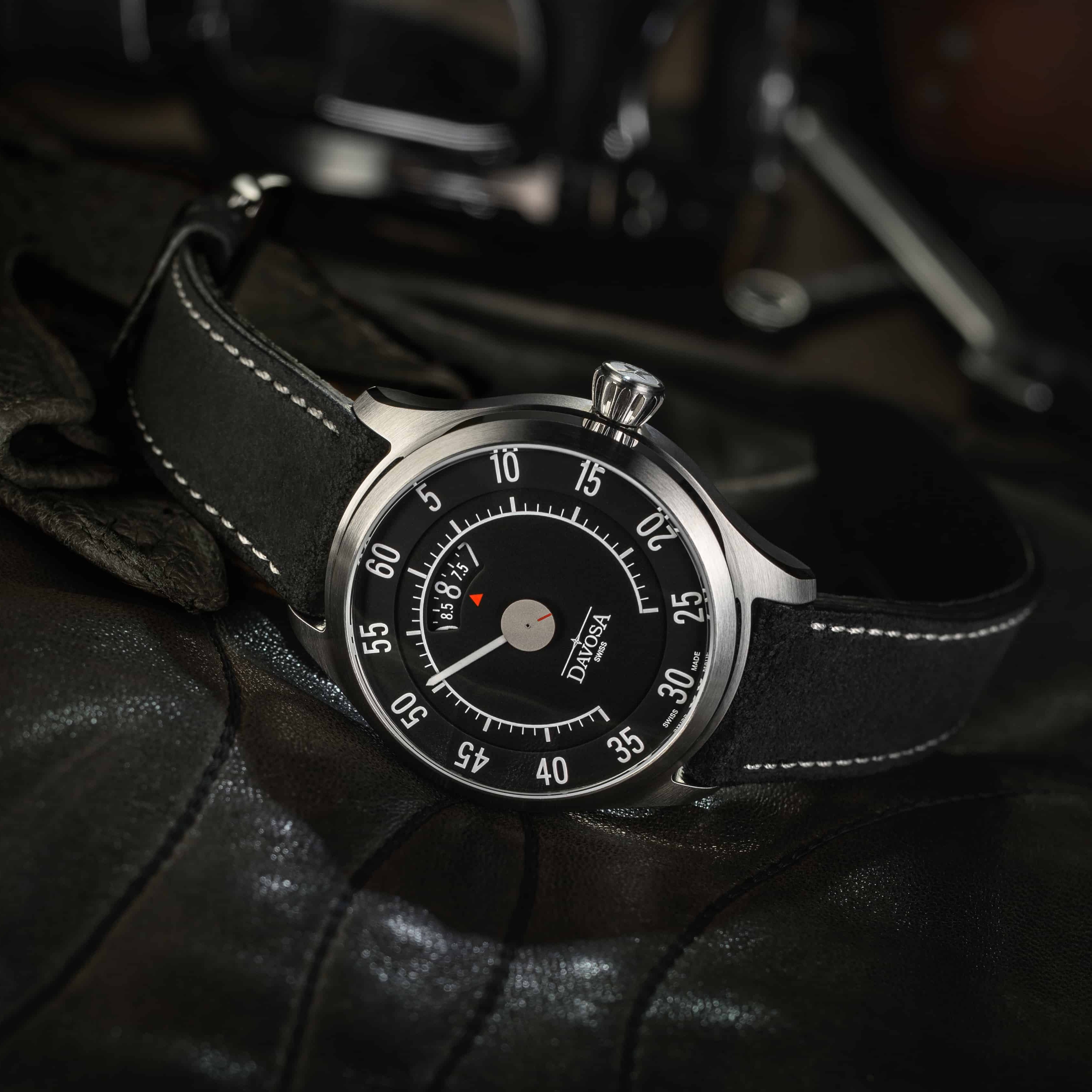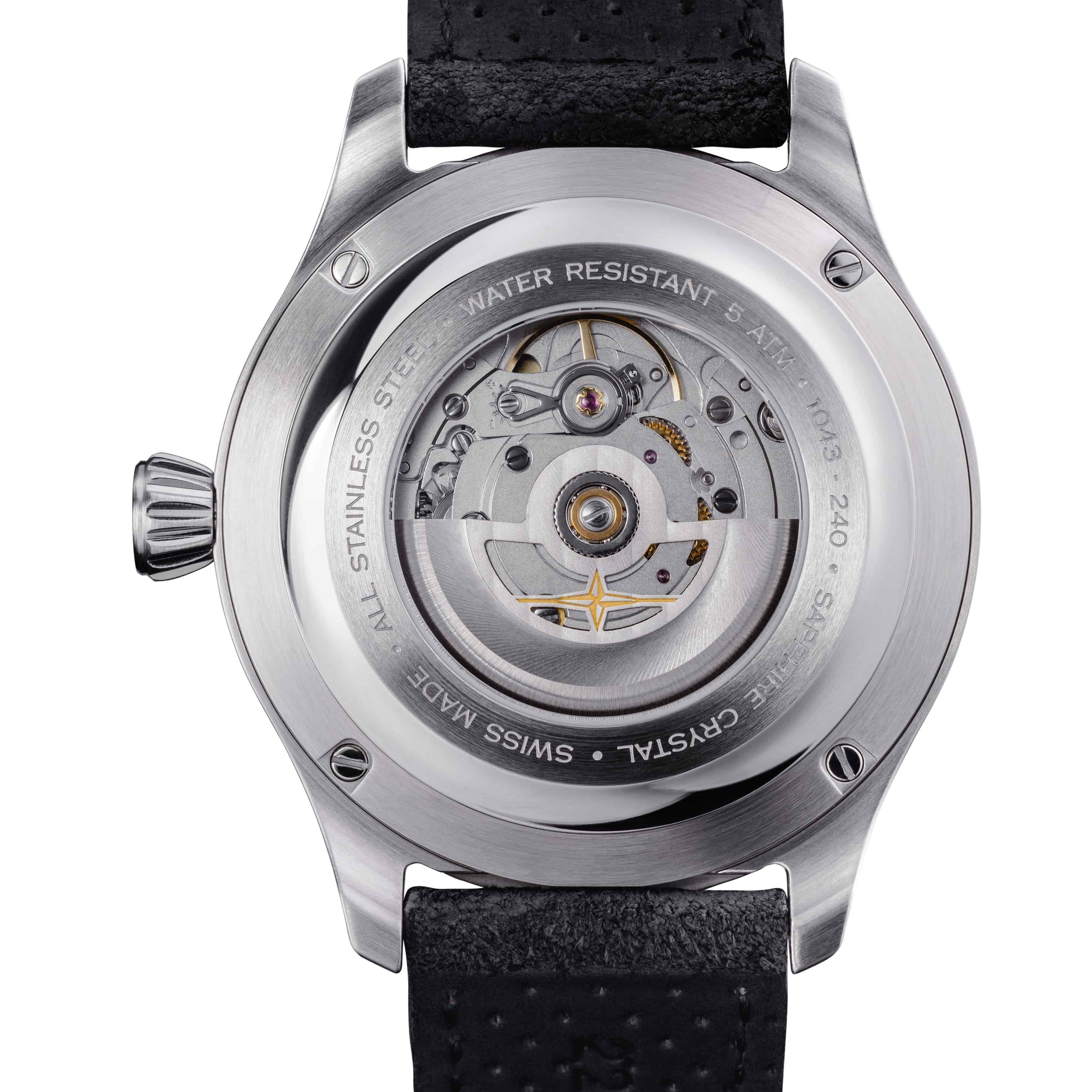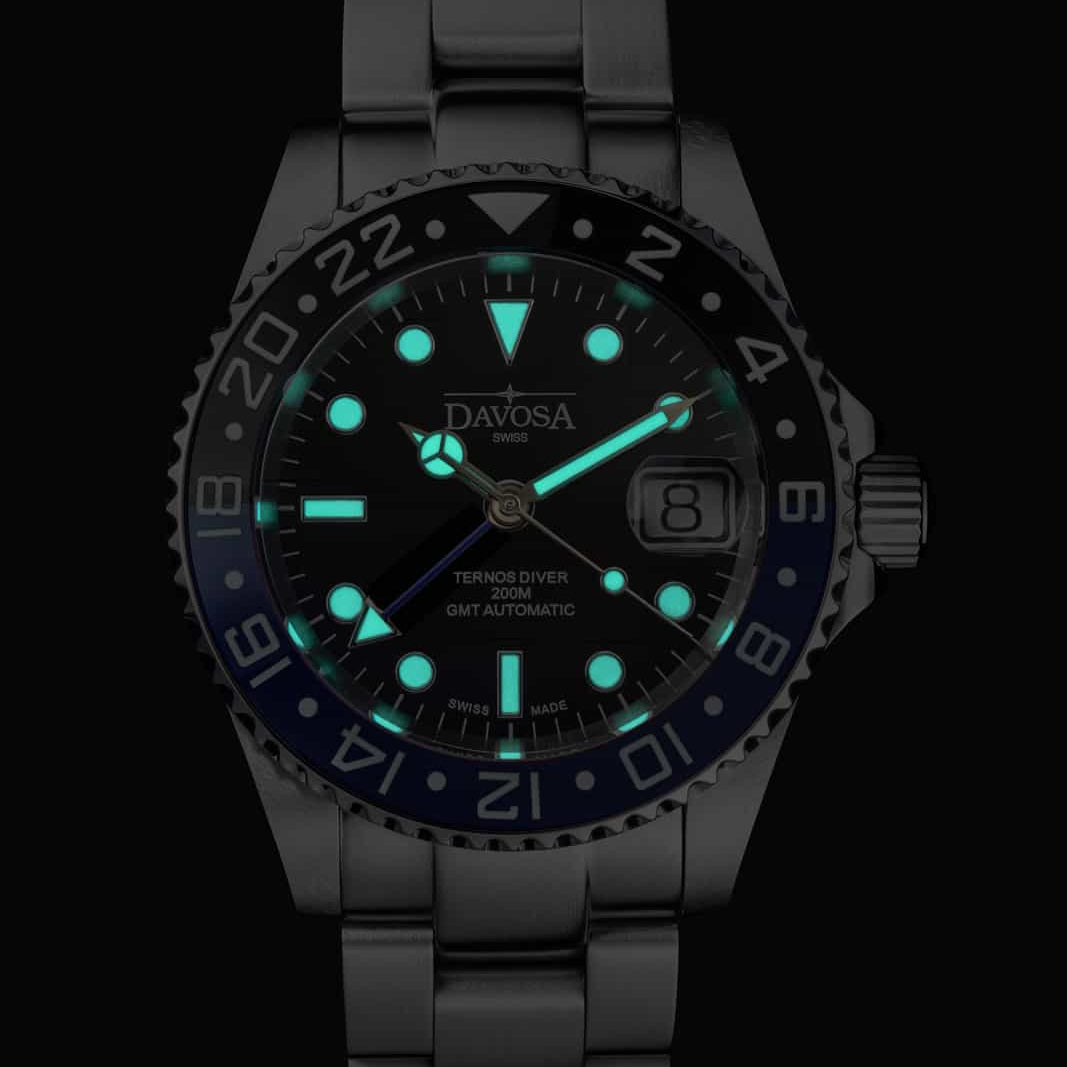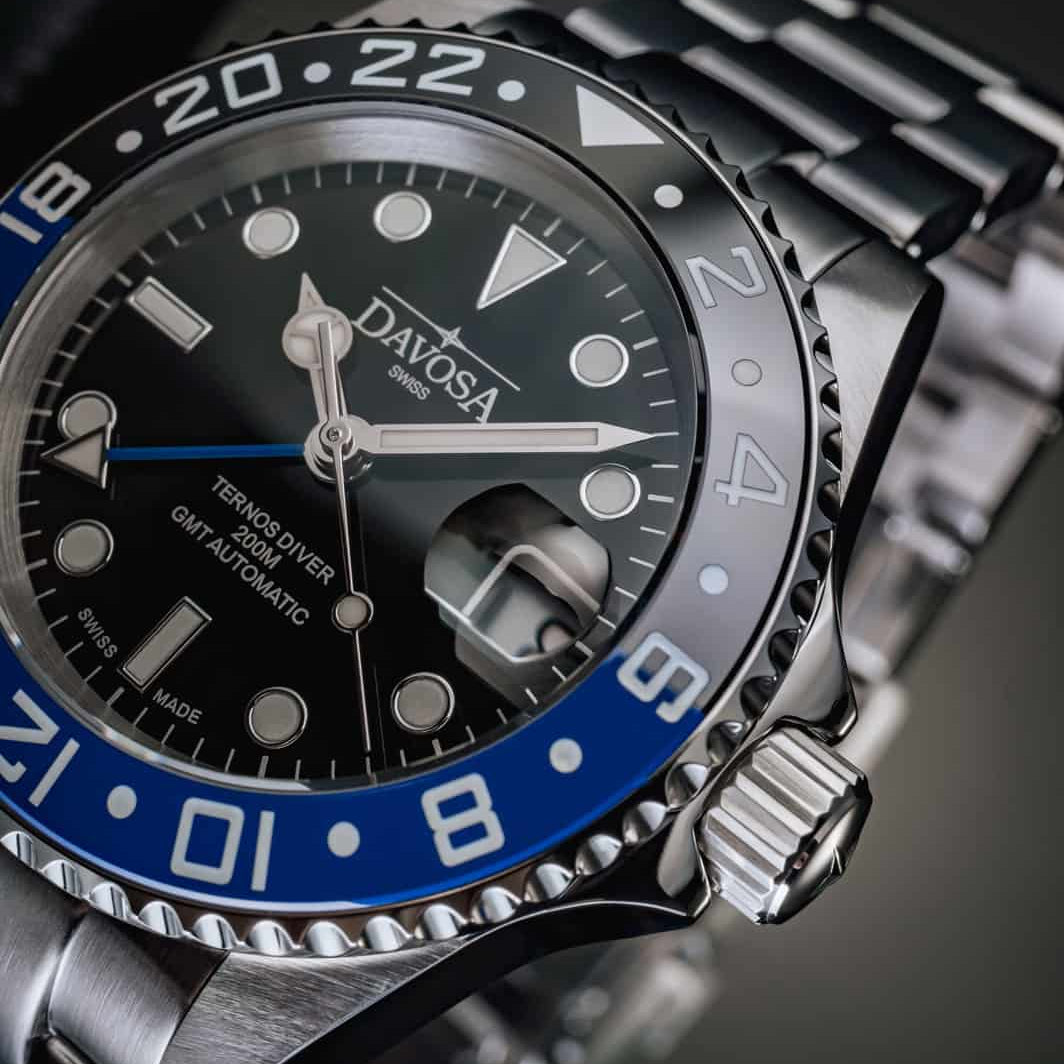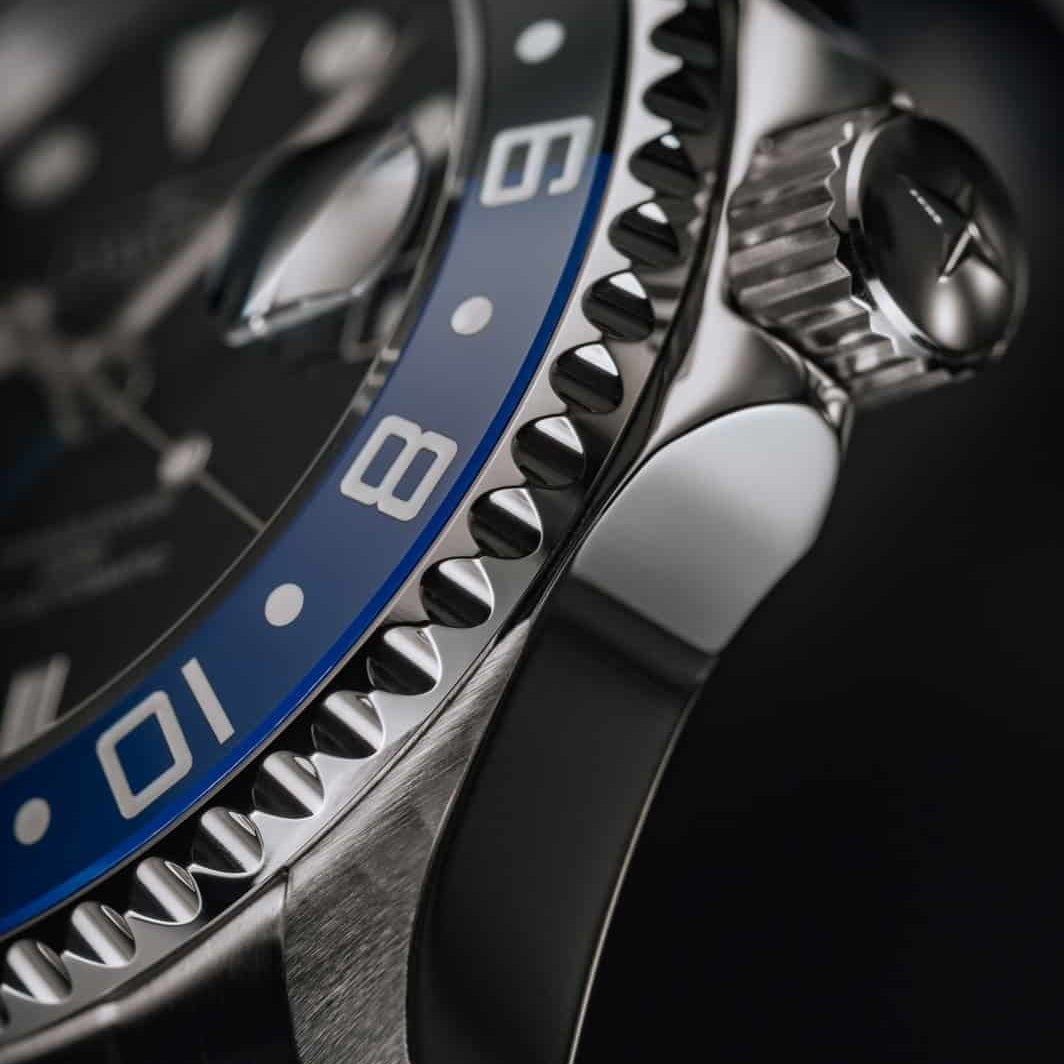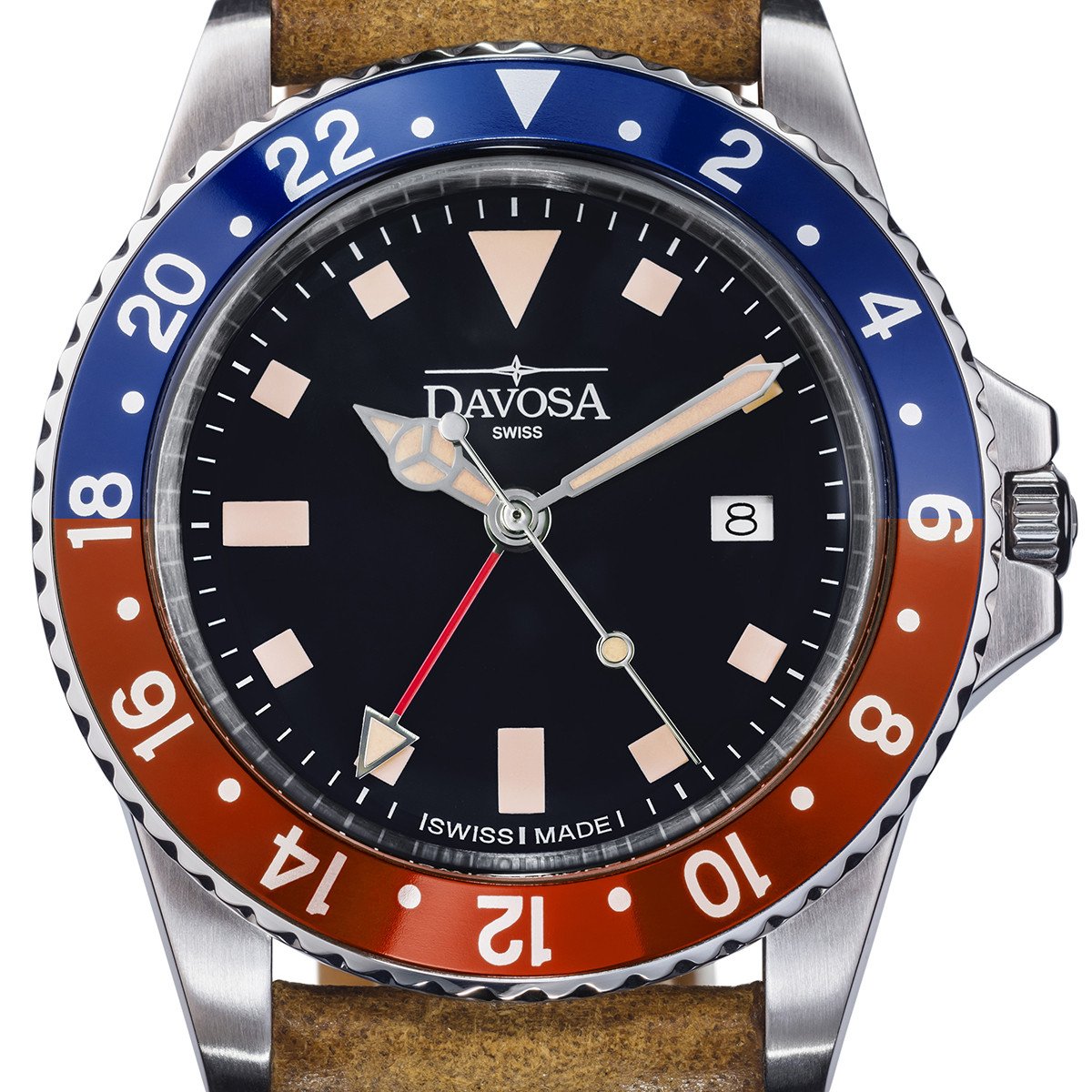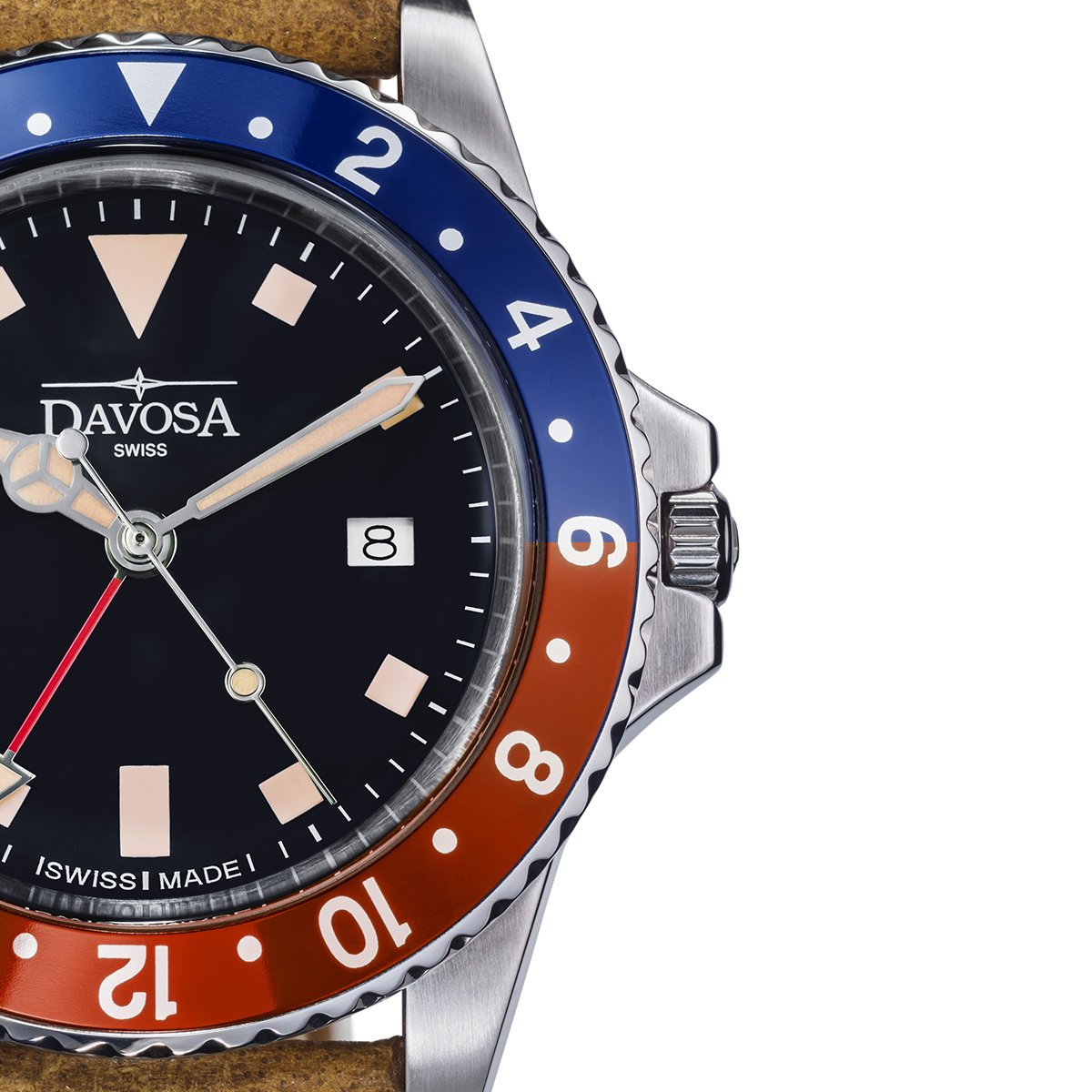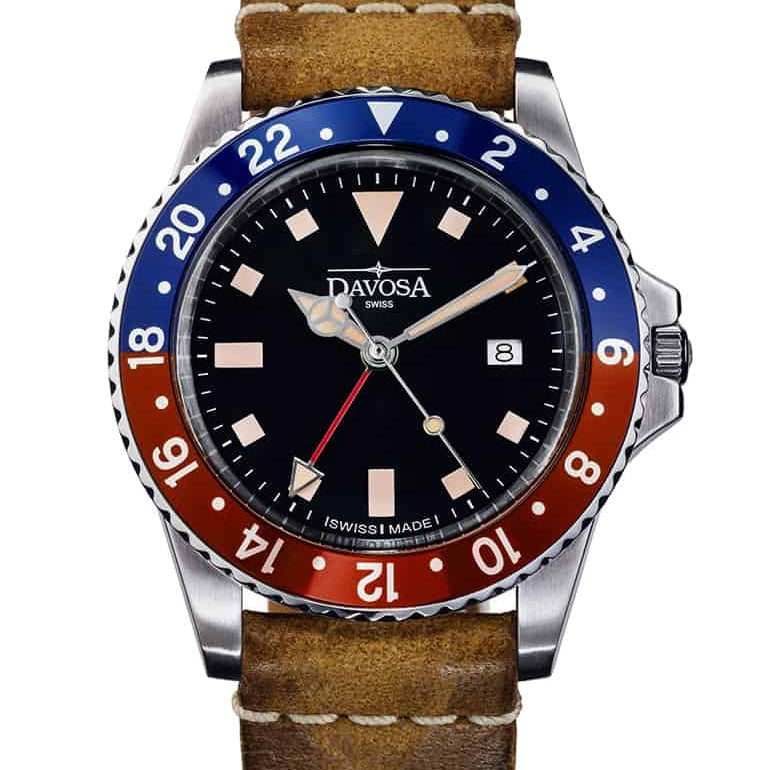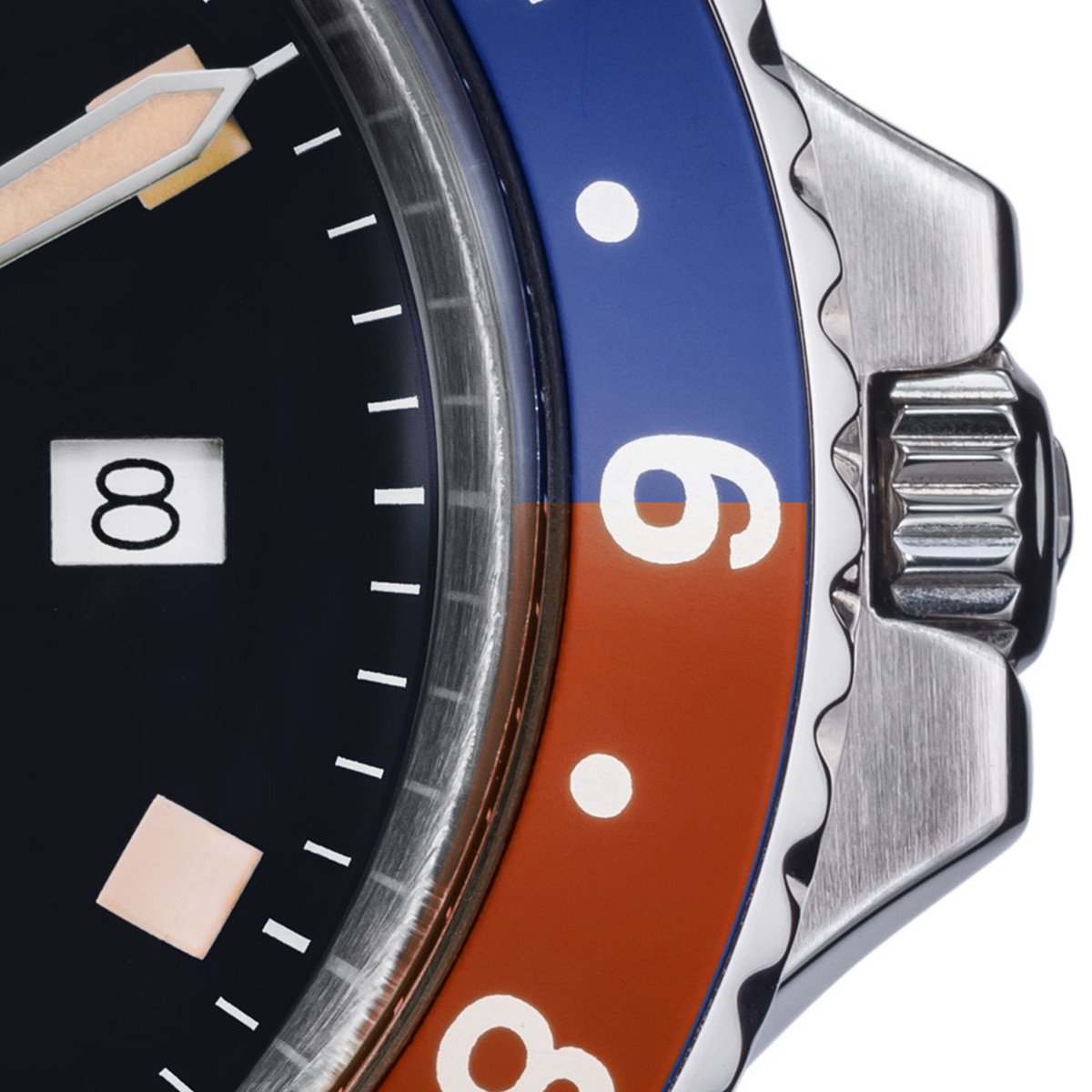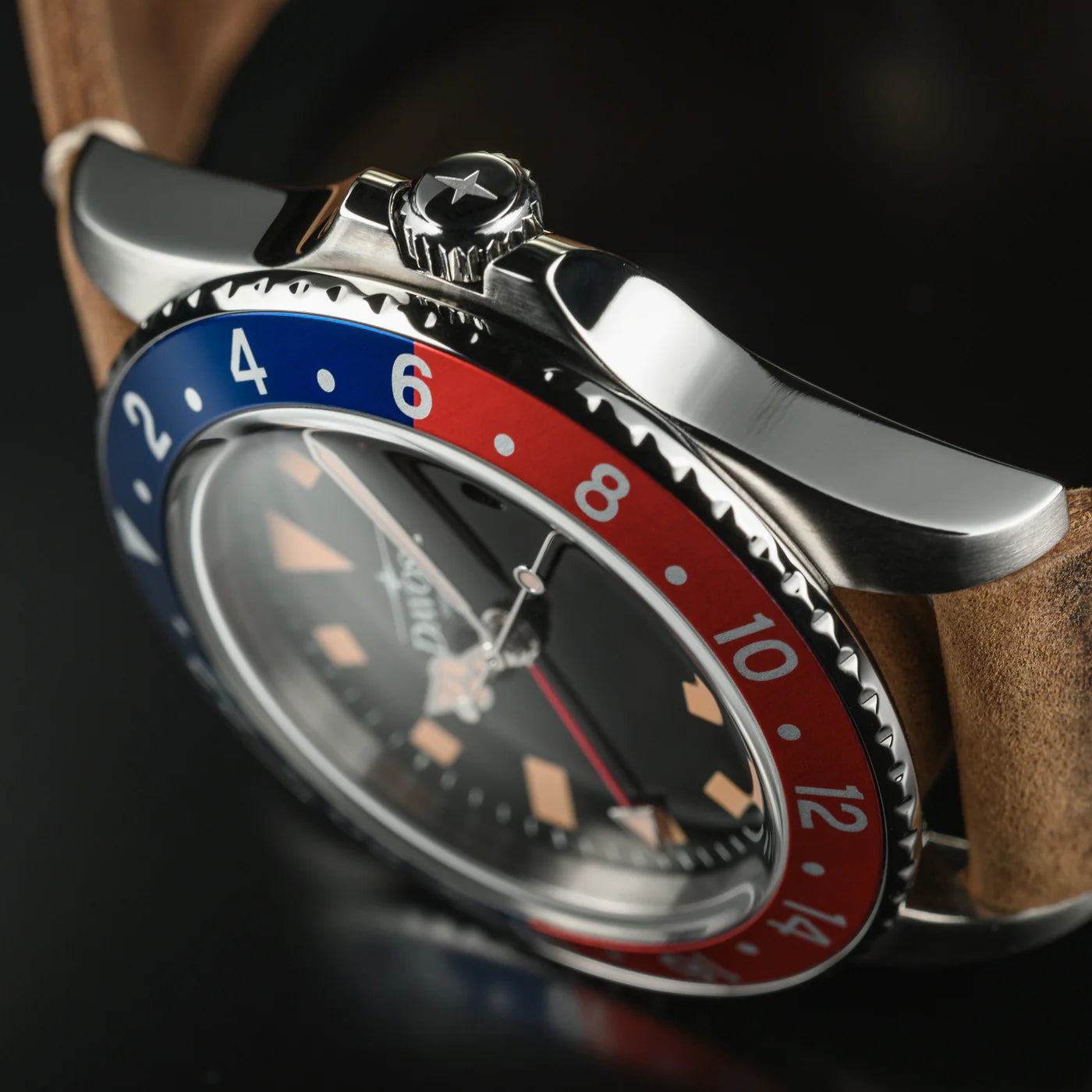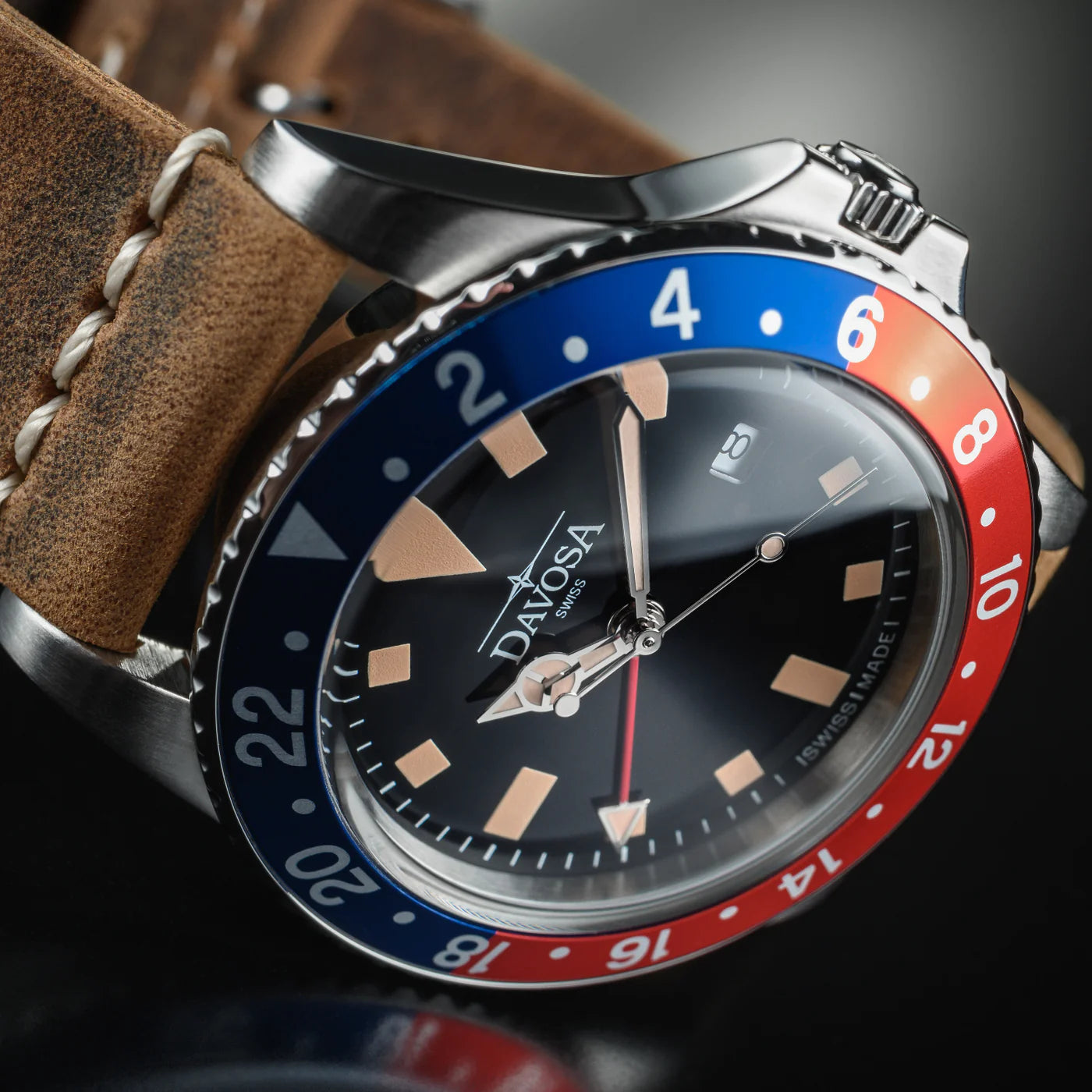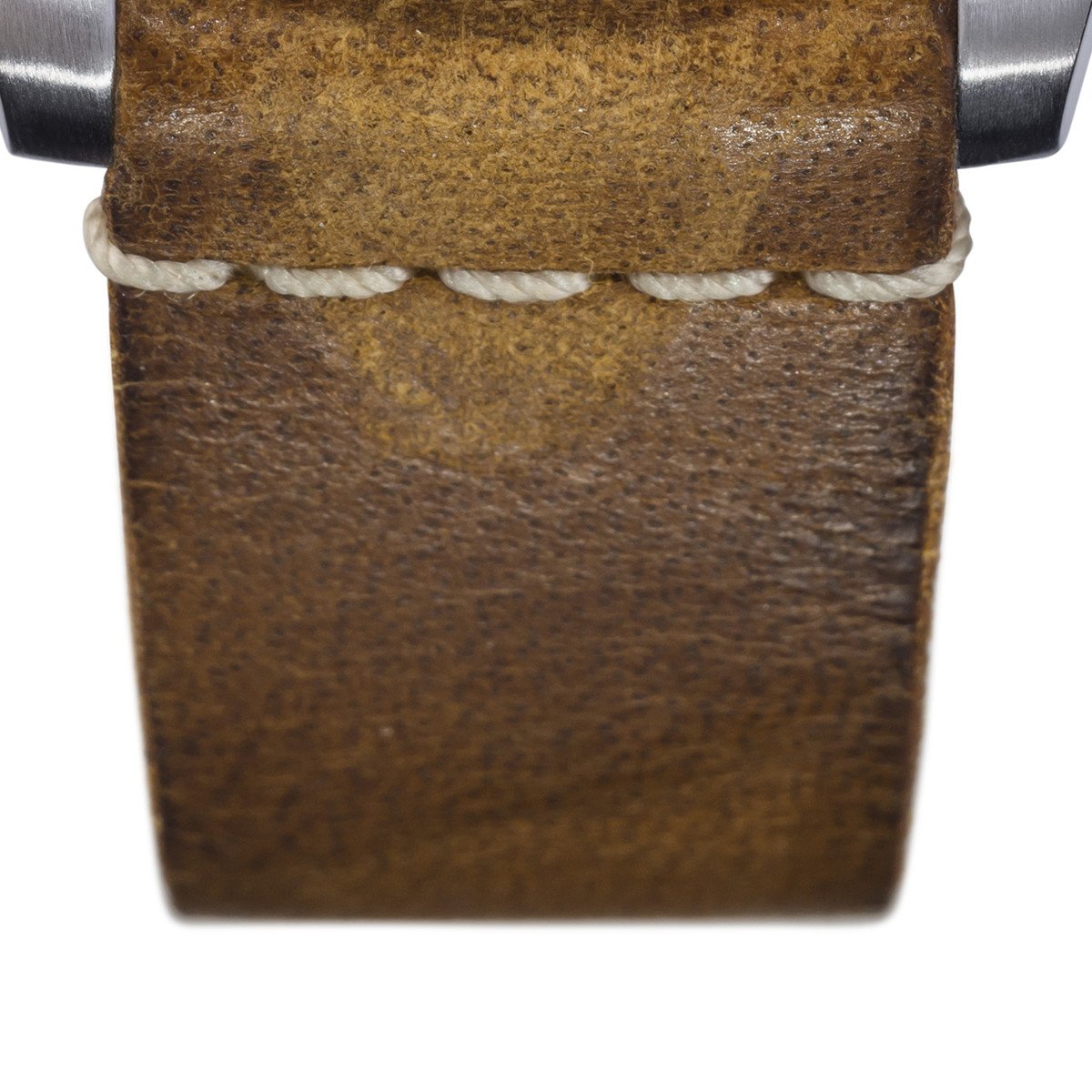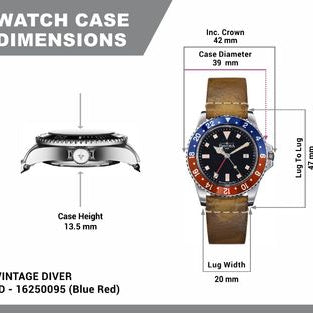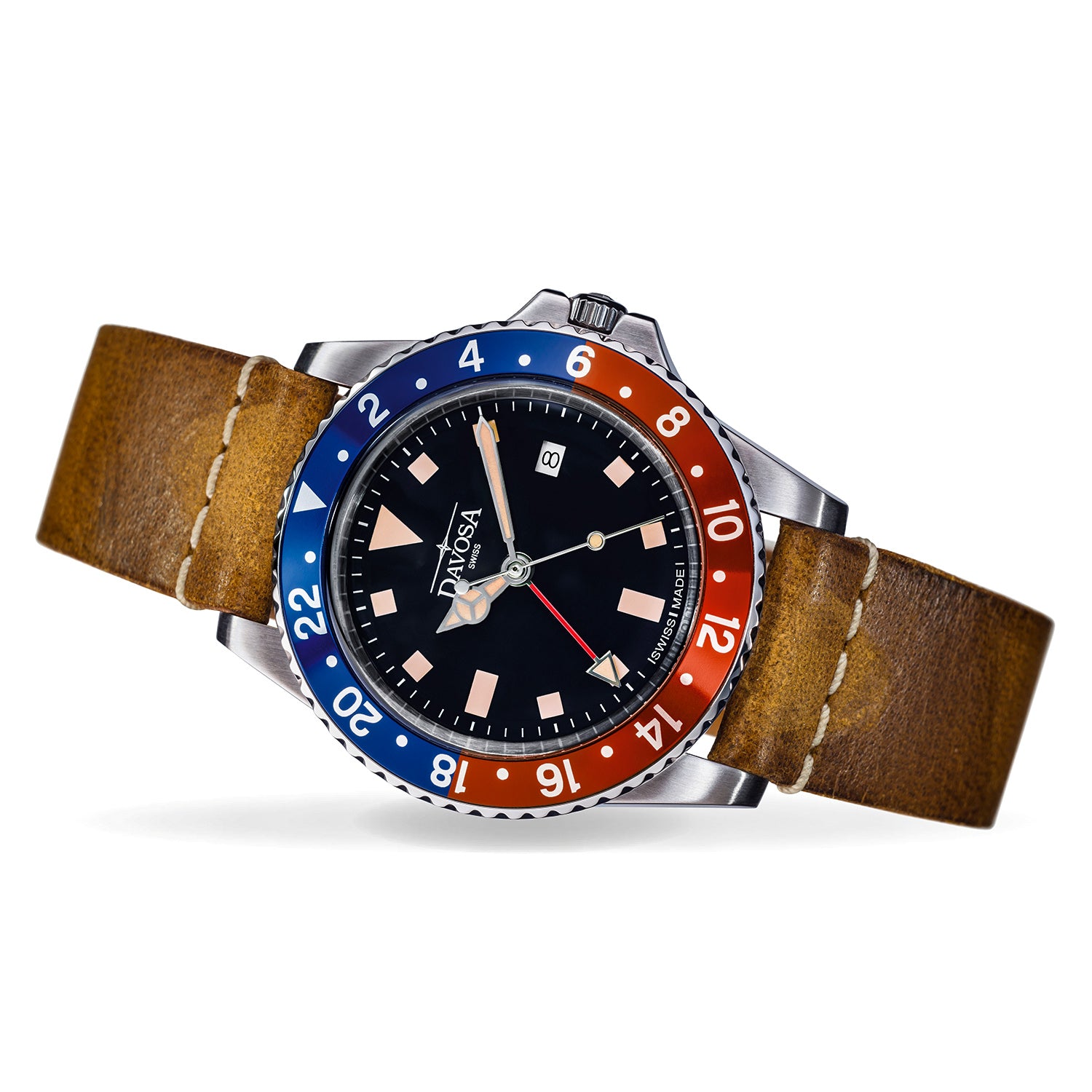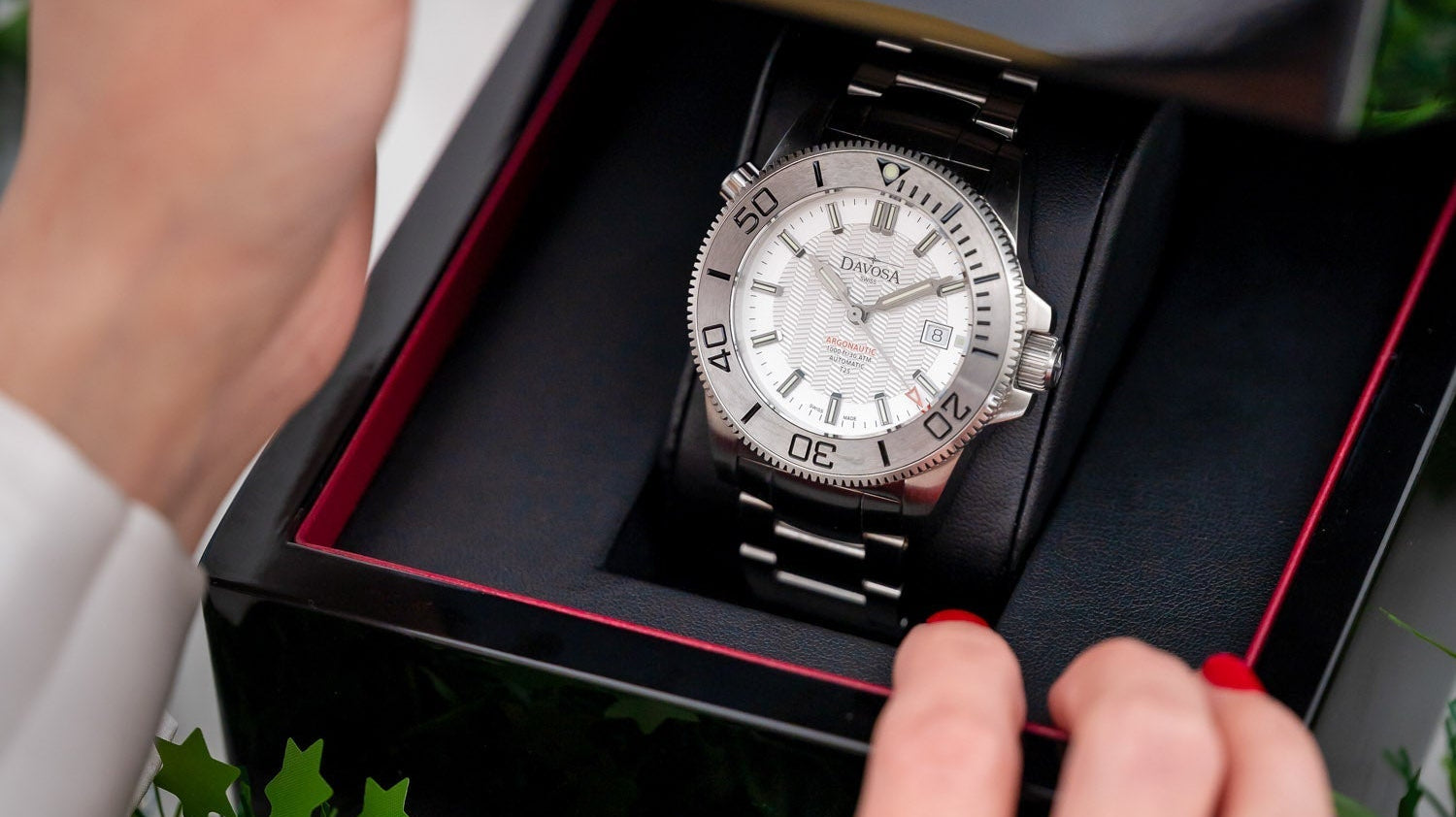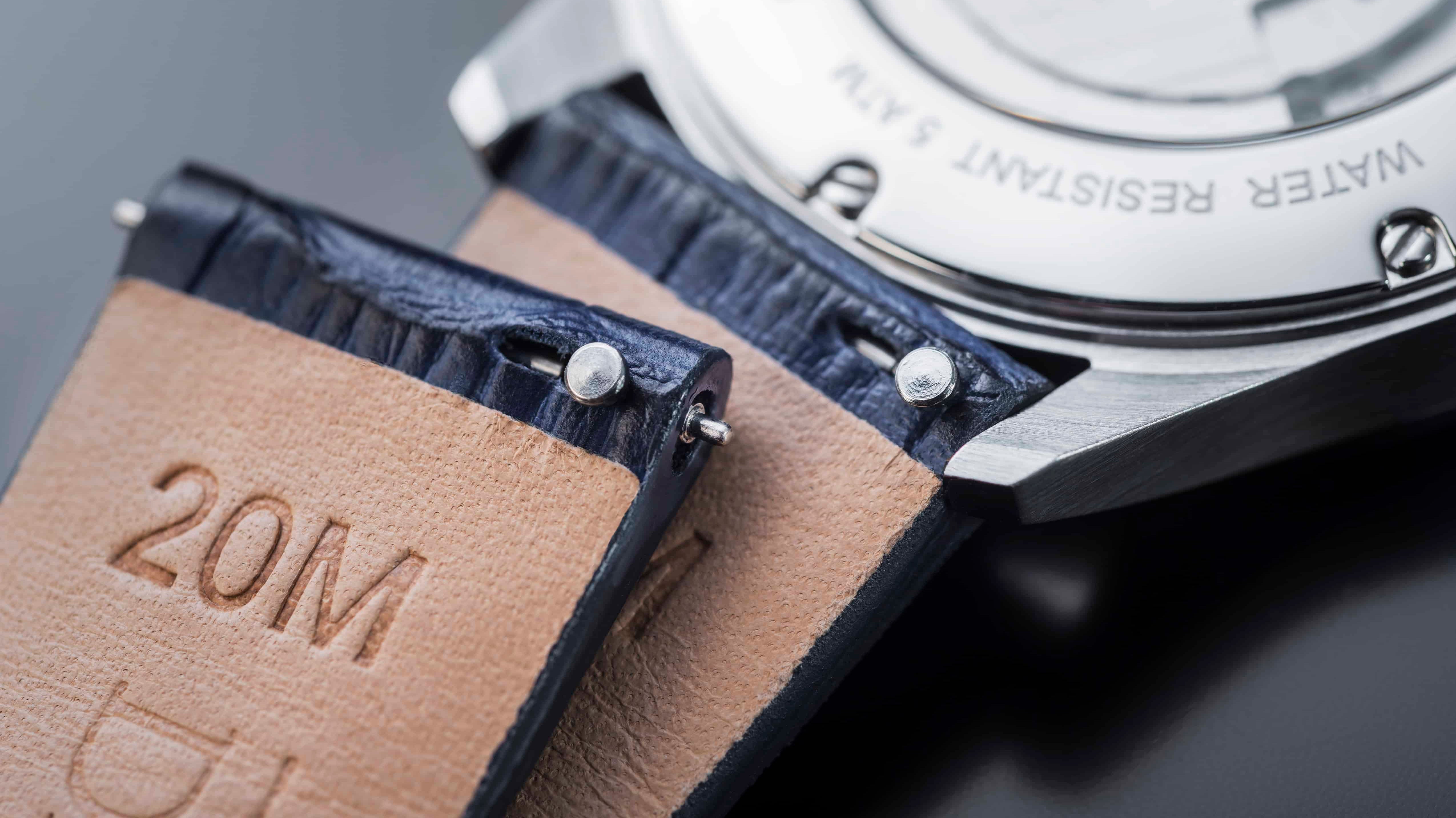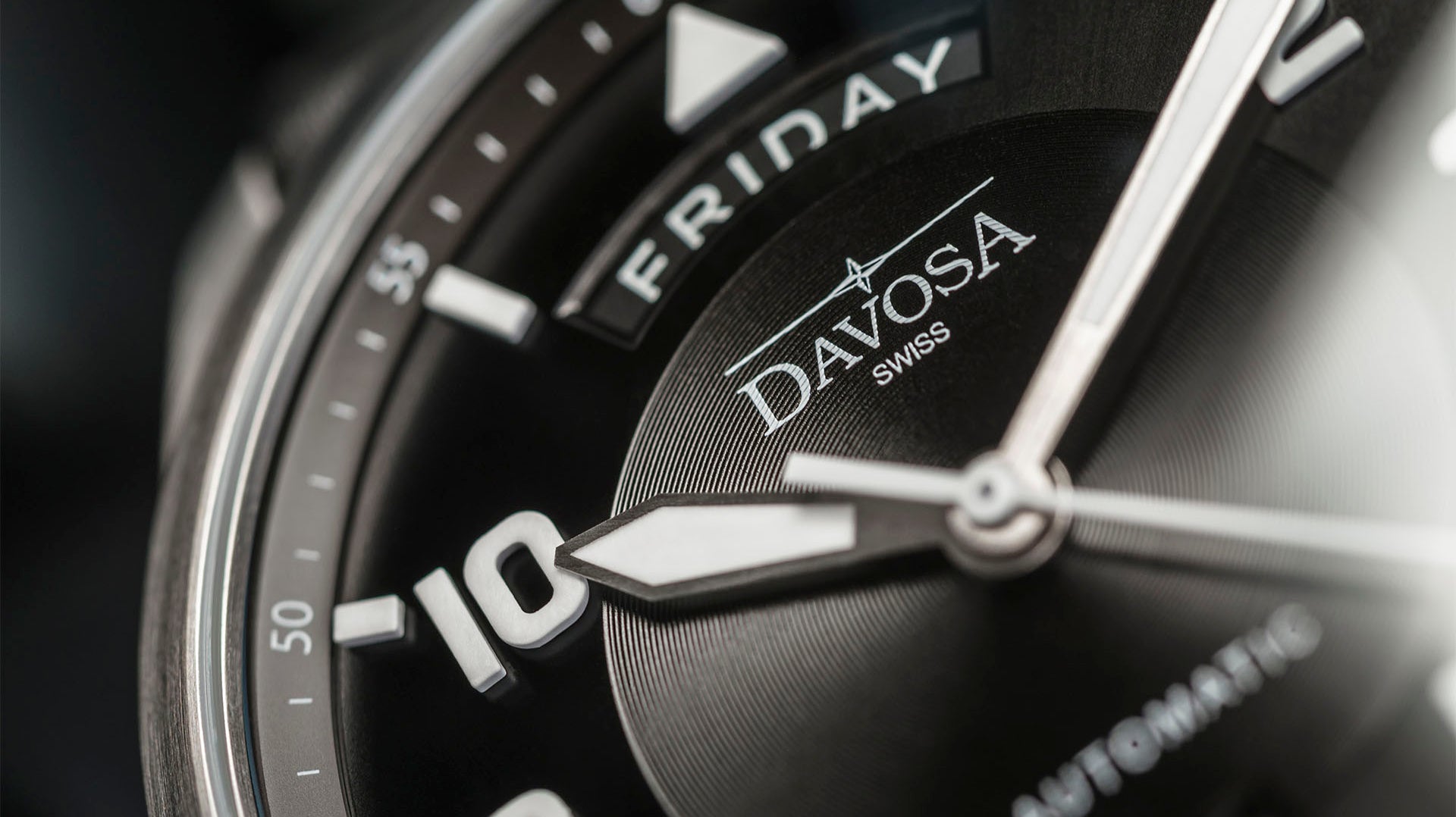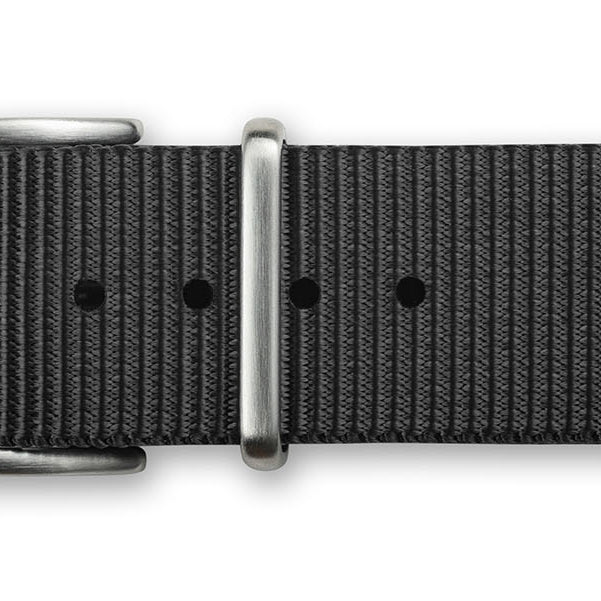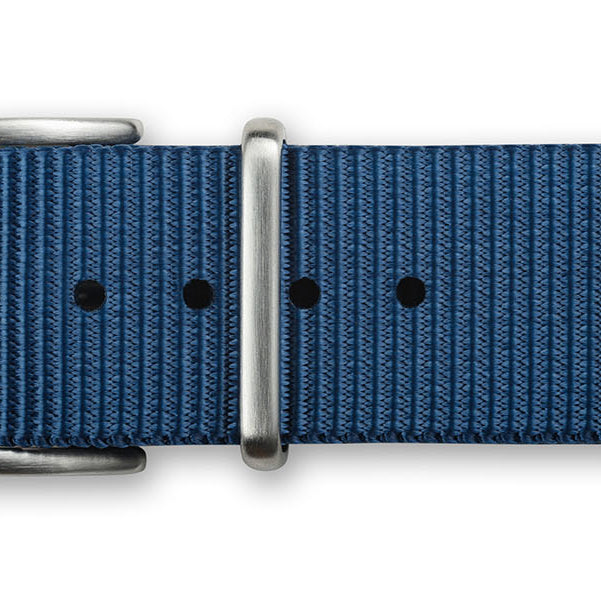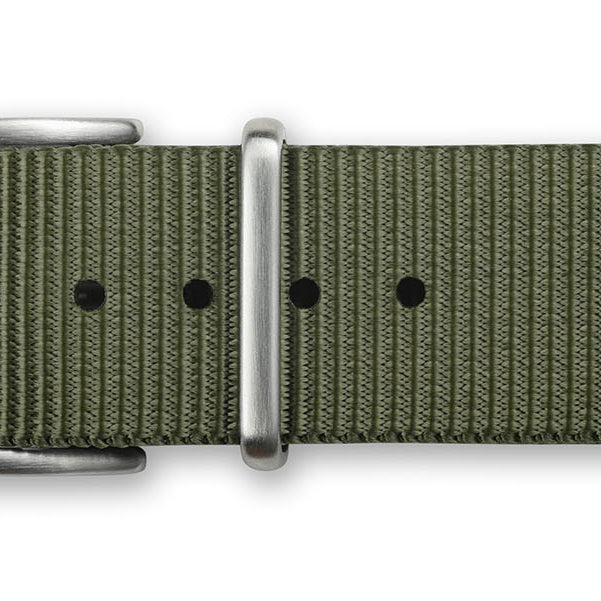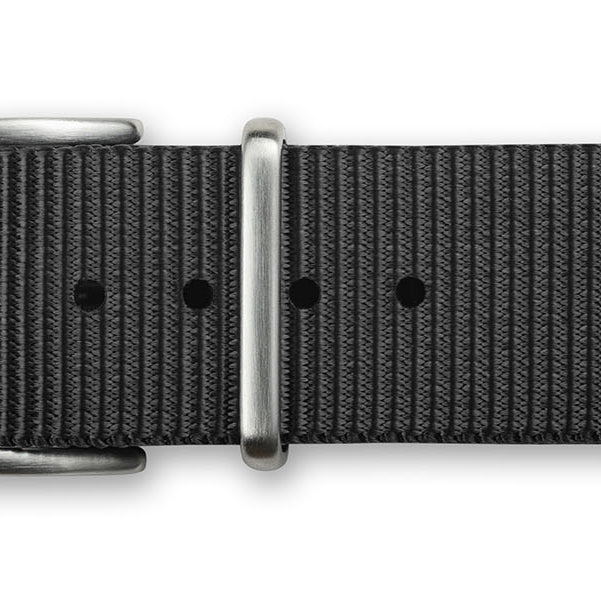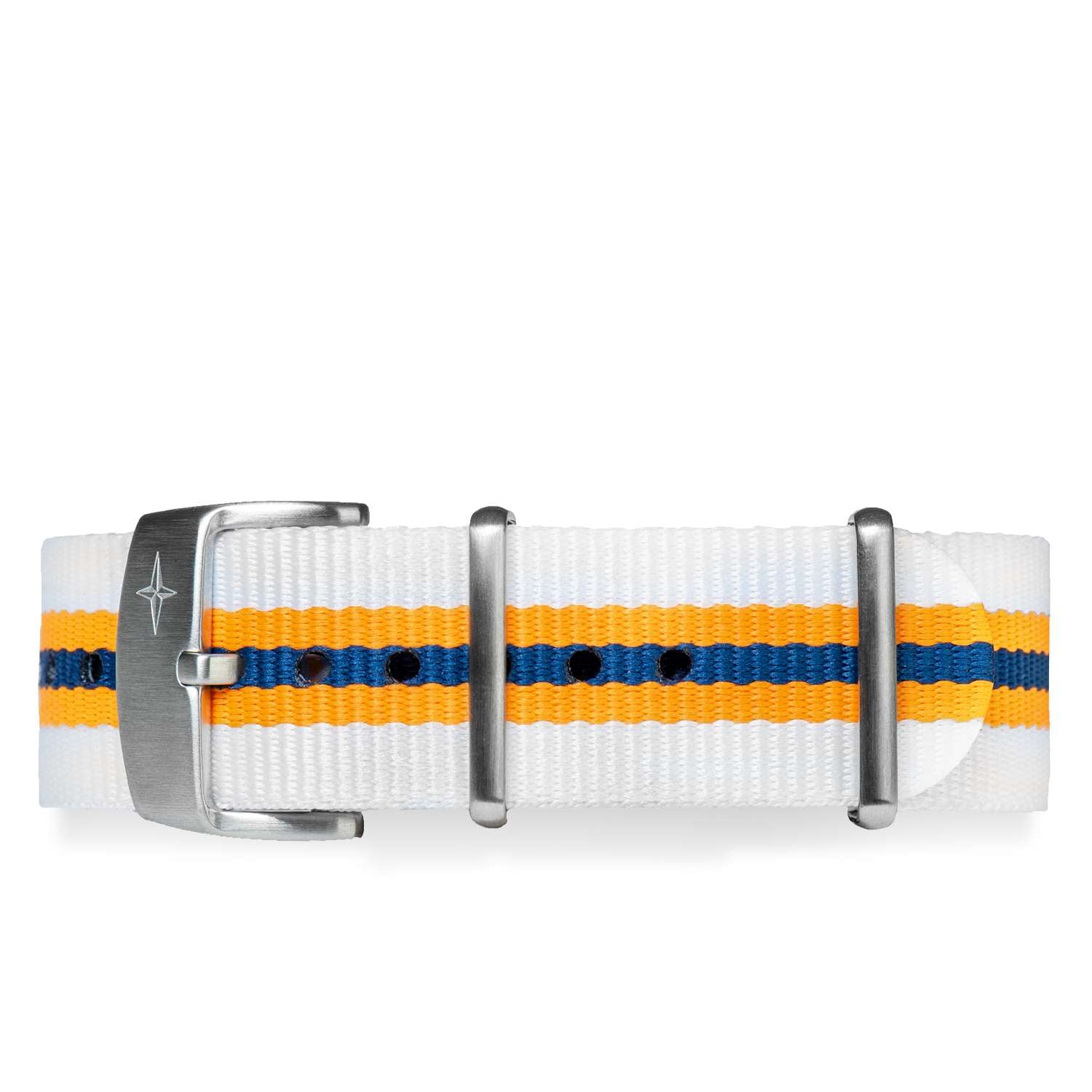One of the most famous and popular watches in the world is the Omega Speedmaster. The iconic chronograph watch used by NASA astronauts has become one of the most recognized timepieces globally and has inspired countless watches with a similar appearance. One of its most prominent design elements is its bezel. Over the years, Omega has changed the materials used for this bezel, incorporating materials such as stainless steel or ceramic alloys. However, one thing has remained unchanged for many years—the Tachymeter scale displayed on the bezel of the watch. In this article, we will get to know a little more about tachymeter watches, understand what a tachymeter scale is, and how it is used.
What is a Tachymeter?
A tachymeter is a scale on the outer edge of a watch's dial or bezel that allows users to measure speed over a known distance. It is typically calibrated in units per hour or units per minute. By using the tachymeter scale in conjunction with the watch's chronograph function, one can determine the speed of an object or the time it takes to cover a particular distance.
History and Evolution of Tachymeter Watches
The concept of tachymeter measurement can be traced back to the early 20th century when watchmakers started incorporating this feature into their timepieces. Tachymeter watches gained popularity in the 1960s and 1970s, primarily due to their association with motorsports and the increased demand for accurate timekeeping during races. Over the years, advancements in technology and design have led to the development of more precise and aesthetically appealing tachymeter watches.
Measuring Speed with Tachymeter Watches
Tachymeter watches offer a practical and efficient way to measure speed. With their built-in scales and chronograph features, these timepieces provide a valuable tool for various activities that involve speed calculations. Here's a breakdown of how to measure speed using a tachymeter watch:
- Understanding the Tachymeter Scale: The tachymeter scale is typically located on the bezel or dial of a tachymeter watch. It allows you to calculate speed based on the time it takes to cover a known distance. Familiarize yourself with the markings and increments on the scale to accurately measure speed.
- Activating the Chronograph: To measure speed with a tachymeter watch, activate the chronograph function. The chronograph is a stopwatch feature that enables you to measure elapsed time precisely. Learn how to start, stop, and reset the chronograph on your specific watch model.
- Starting the Measurement: Begin by selecting a known distance to measure. For example, if you are timing a car's speed, choose a mile or kilometer marker. Start the chronograph as the object being timed passes the starting point.
- Timing the Interval: As the object reaches the endpoint or a specified distance marker, stop the chronograph. The elapsed time will be displayed on the chronograph subdials or digital display of your watch. Note the time value for the measured distance.
- Reading the Tachymeter Scale: Using the recorded time value and the tachymeter scale, determine the speed. The tachymeter scale is calibrated to indicate speed units per hour. Align the recorded time value on the tachymeter scale and read the corresponding speed directly.
- Interpreting the Results: The speed displayed on the tachymeter scale corresponds to the speed at which the object traveled during the measured interval. For example, if the tachymeter indicates 120, it means the object was traveling at 120 units of speed per hour.
Remember, tachymeter watches are versatile tools for measuring speed, but they are most accurate for activities with consistent and linear motion. Practice using your tachymeter watch to improve your speed measurement skills and make the most of this handy feature.

Popular Brands and Models of Tachymeter Watches
Several renowned watch brands offer tachymeter watches, each with its unique design elements and features. Rolex, Omega, TAG Heuer, and Tissot are among the brands that have incorporated tachymeters into their watch collections. Models like the Rolex Daytona, Omega Speedmaster, and TAG Heuer Carrera have become iconic timepieces known for their precision, craftsmanship, and association with motorsports.
Benefits and Practical Uses of Tachymeter Watches
Tachymeter watches offer a range of benefits and practical uses beyond their ability to measure speed. Firstly, they provide a sense of functionality and utility, allowing wearers to calculate speed and time with ease. This feature is particularly useful for athletes, racing enthusiasts, and professionals in various fields that require accurate timekeeping.
Moreover, tachymeter watches serve as a stylish accessory that adds a touch of sophistication to any outfit. The combination of functionality and aesthetics makes them versatile timepieces suitable for both formal and casual occasions.

Tachymeter Watches for Sports and Racing Enthusiasts
Tachymeter watches have a strong association with sports and racing due to their ability to measure speed. Racing professionals, whether on the track or in the air, rely on these timepieces to monitor their performance and achieve optimal results. The precise measurements obtained from tachymeter watches enable athletes and racers to evaluate their speed and make informed decisions during competitions.
Tachymeter Watches for Everyday Wear
While tachymeter watches have a strong connection to sports and racing, they are not limited to those domains. Many individuals choose to wear tachymeter watches in their everyday lives as a fashion statement and a functional accessory. These watches seamlessly blend style and utility, allowing wearers to showcase their personal taste while enjoying the convenience of timekeeping and speed measurement.
Summary
Tachymeter watches are a fascinating blend of style and functionality that have captured the attention of watch enthusiasts worldwide. This article provides an overview of tachymeter watches, exploring their purpose and historical significance. It highlights their versatility in various domains such as racing and aviation, showcasing their practical applications. The article also emphasizes the aesthetic appeal of tachymeter watches, discussing iconic models and their distinct design elements. It covers the practical usage of tachymeter watches, explaining how to measure speed and other calculations using the tachymeter scale. Additionally, it touches upon the evolution of tachymeter watches in the modern era, highlighting advancements in technology and design. Ultimately, tachymeter watches continue to captivate watch enthusiasts with their timeless appeal and the perfect balance they strike between style and functionality.

